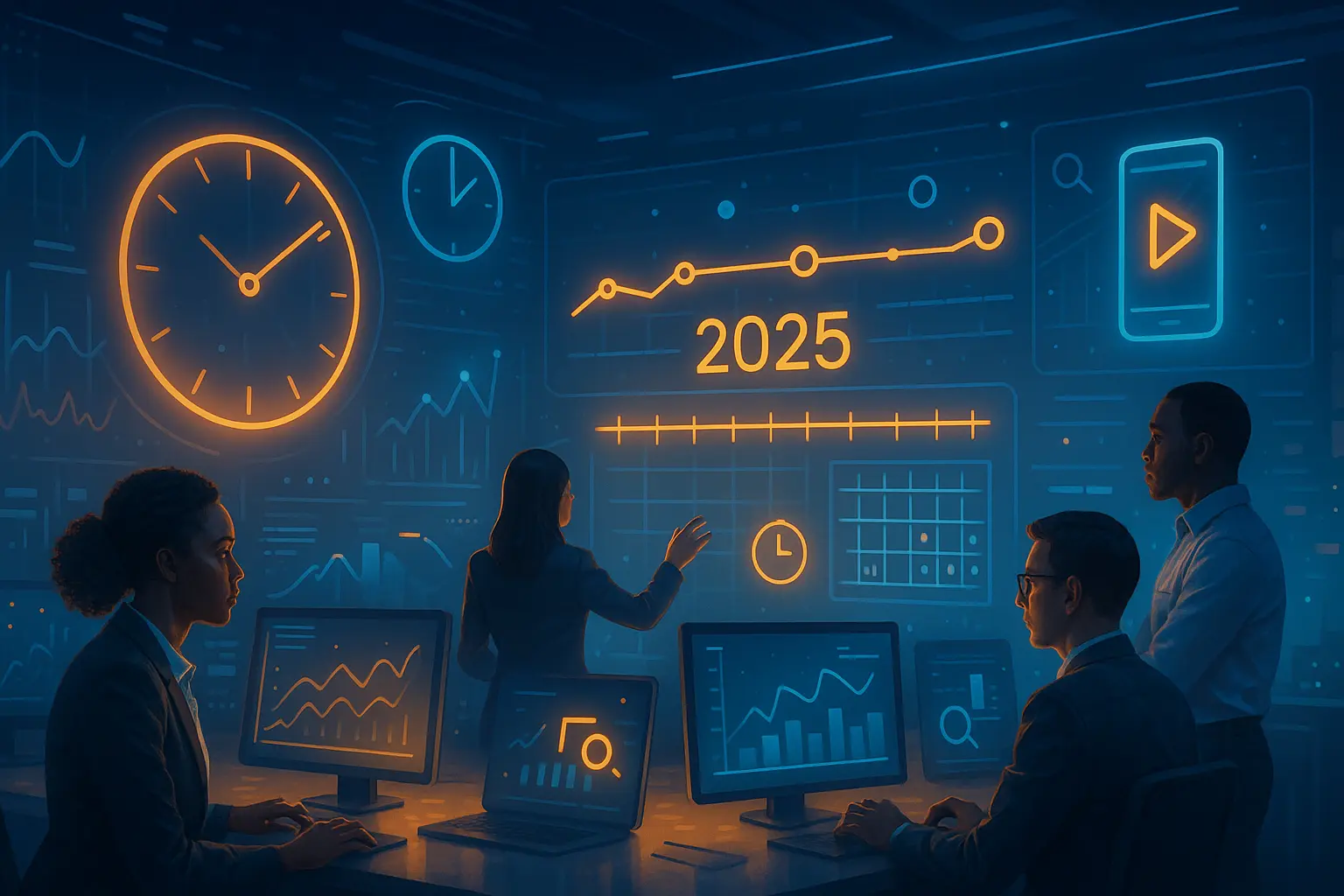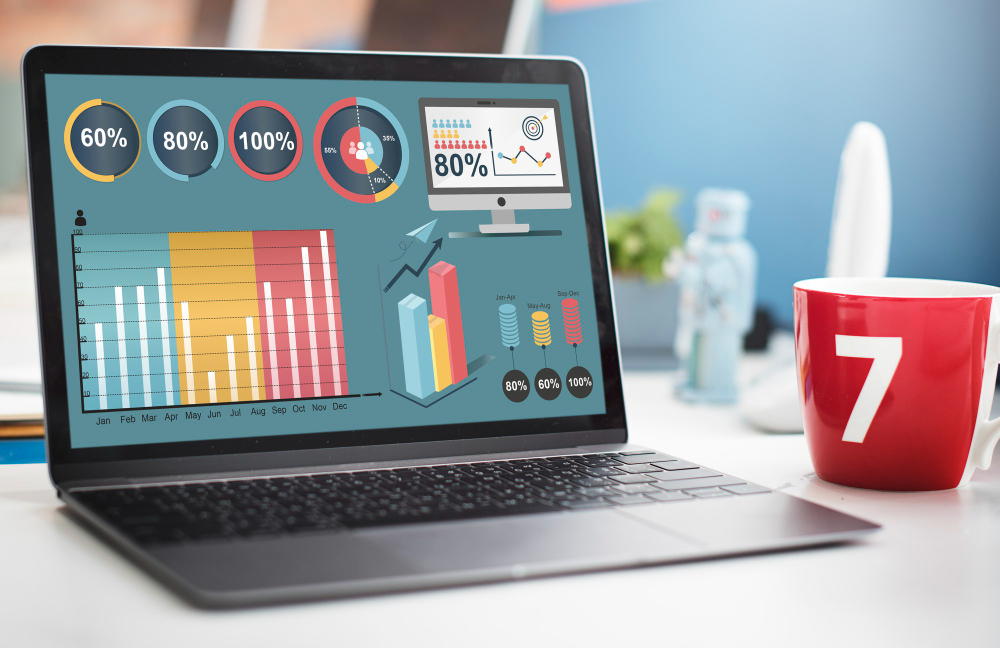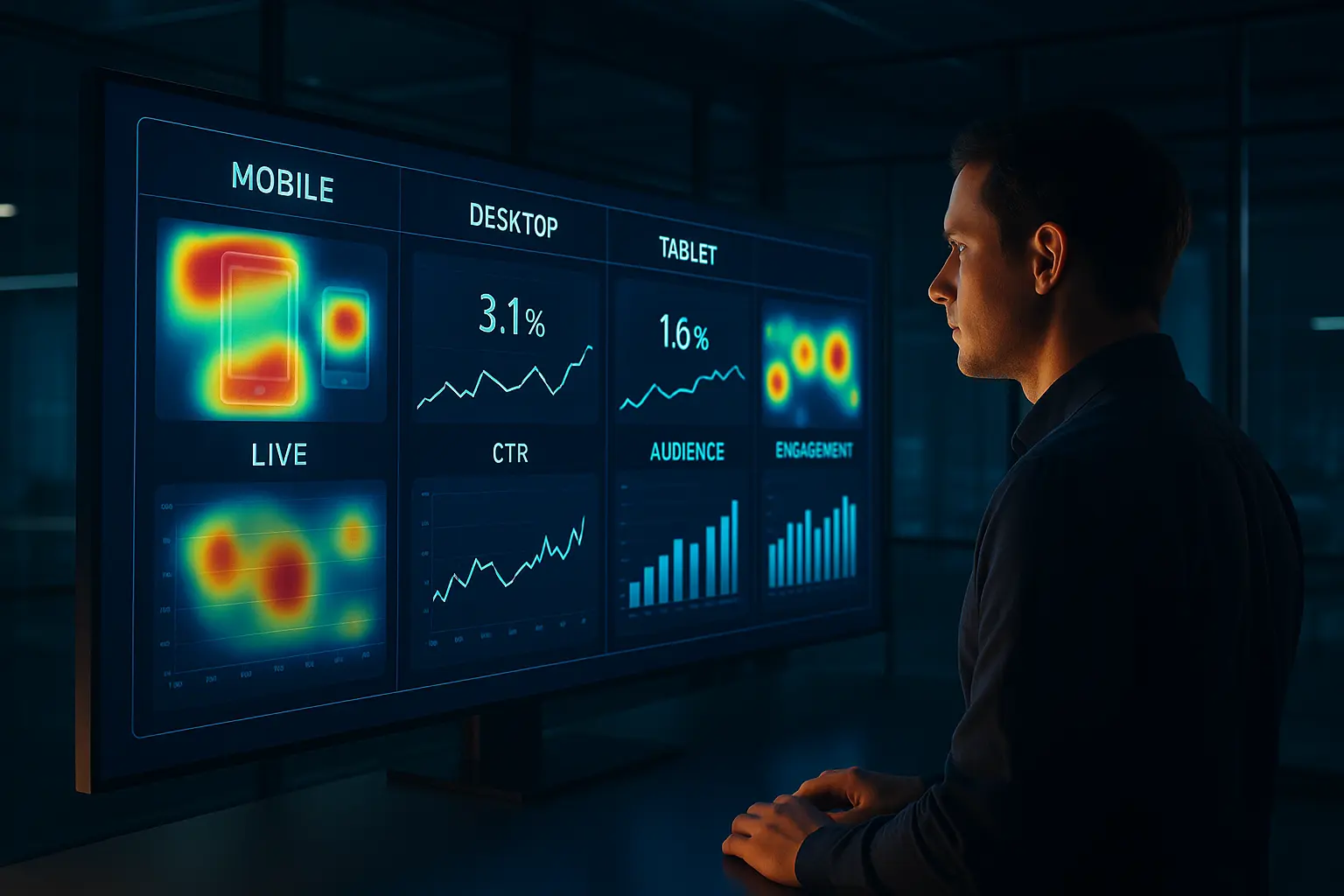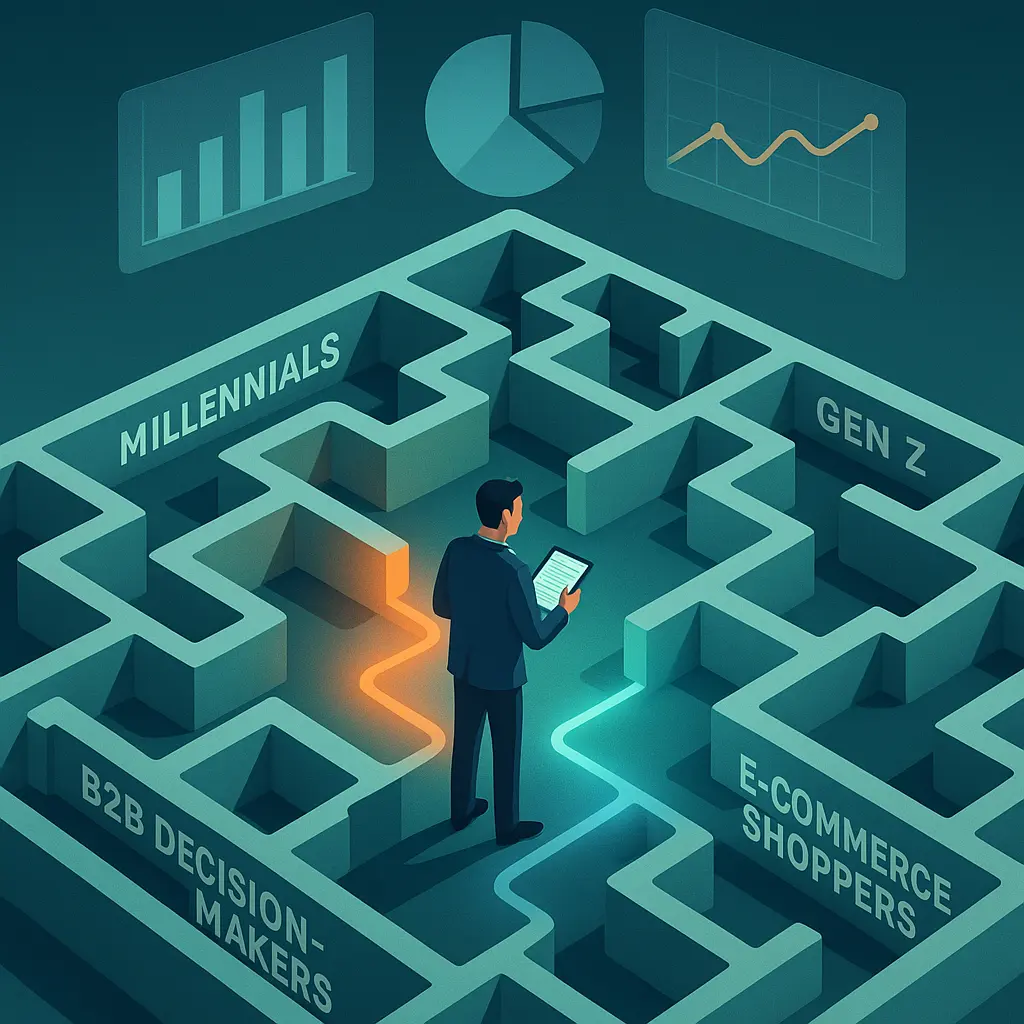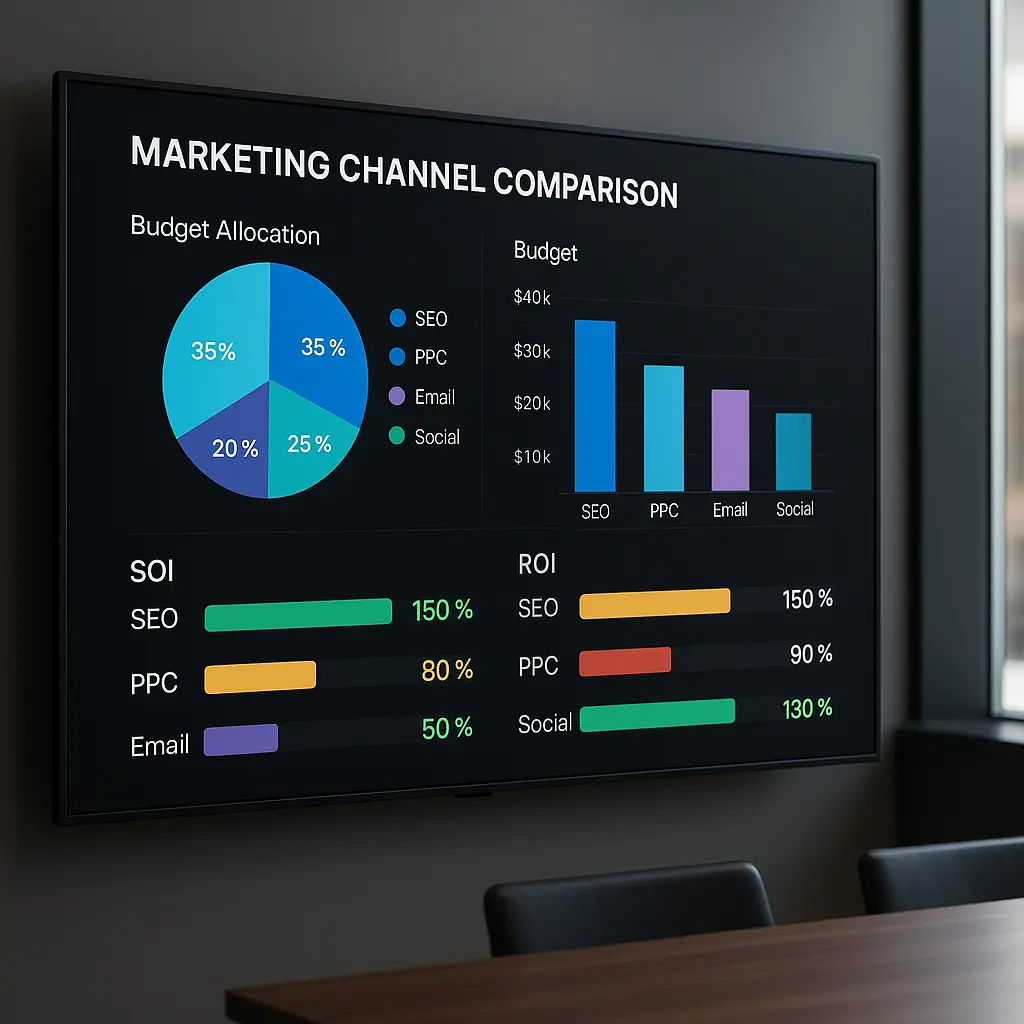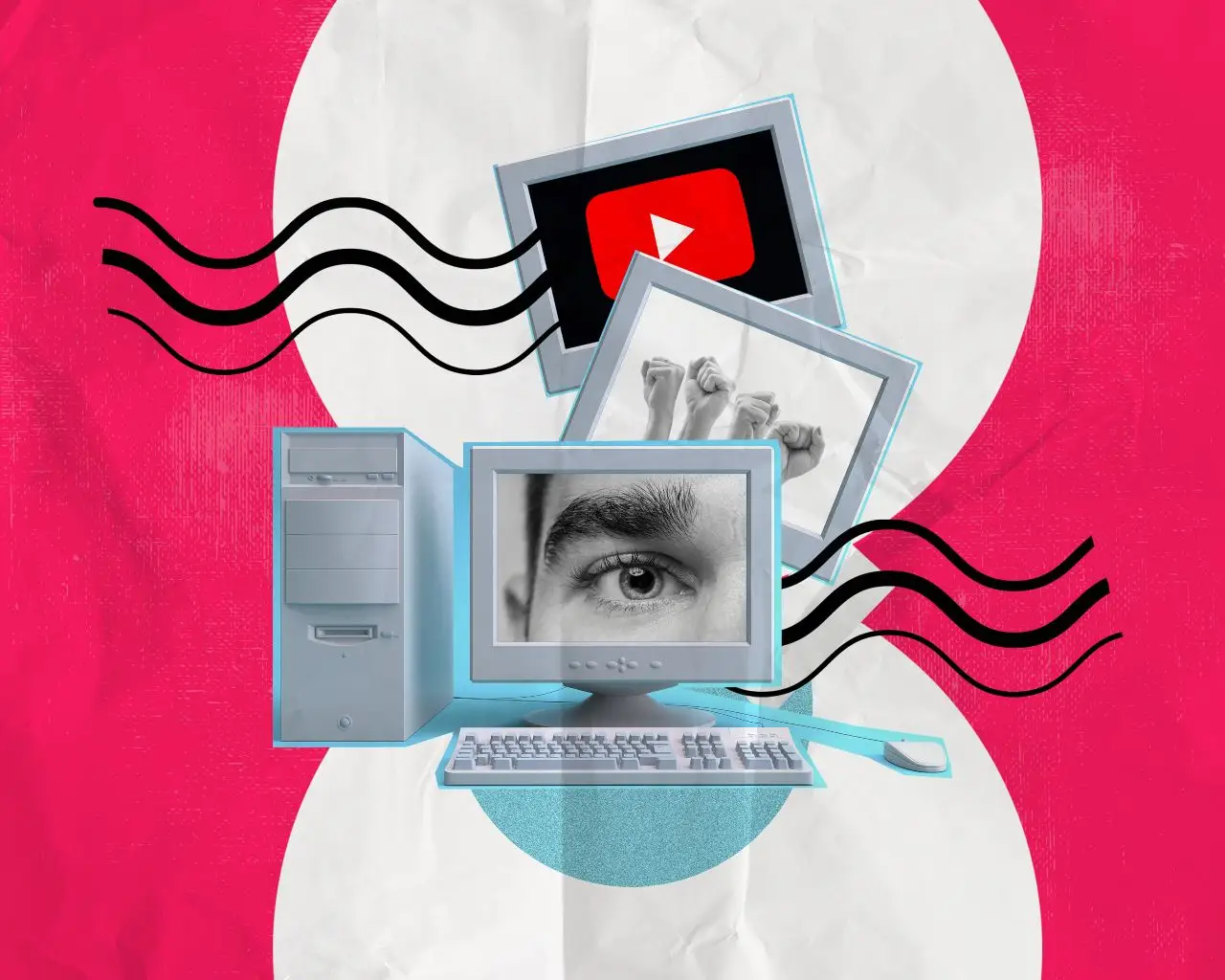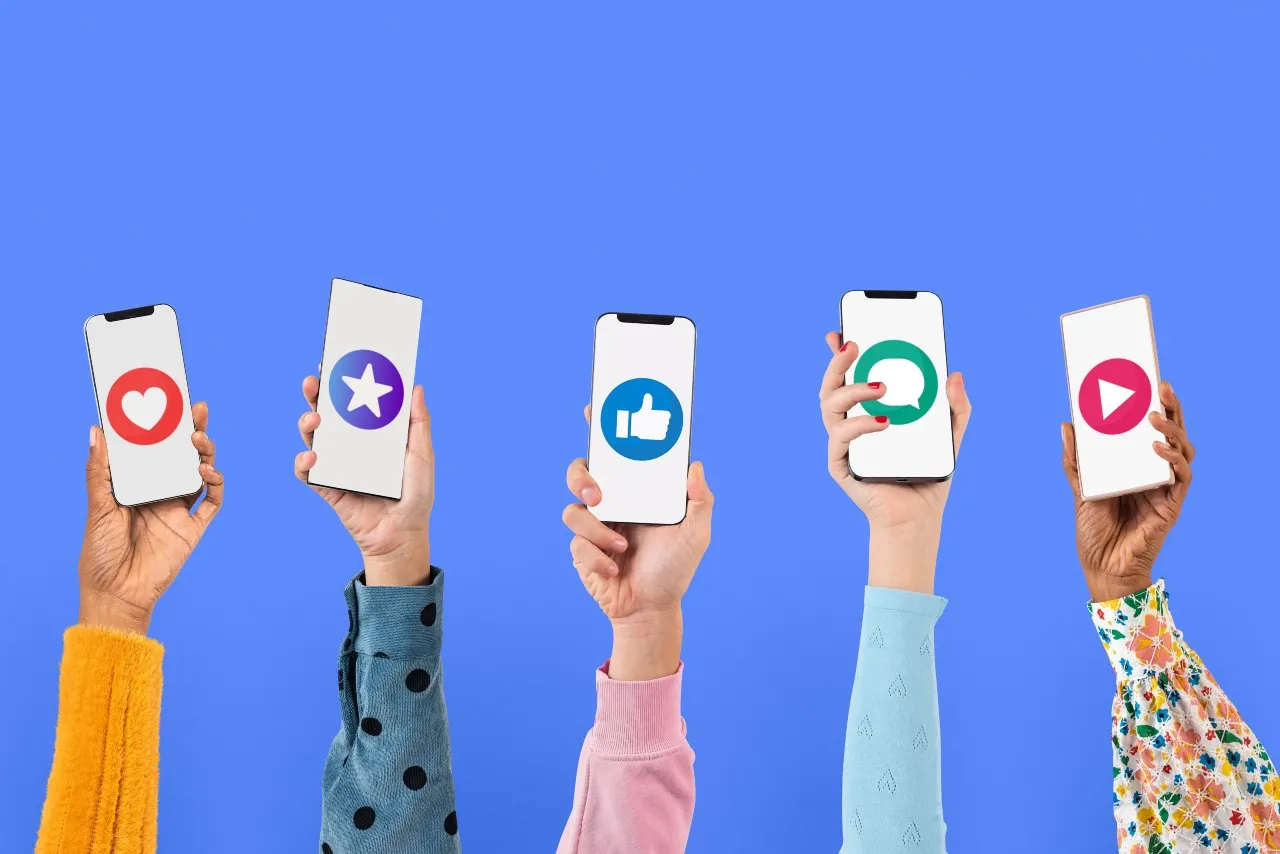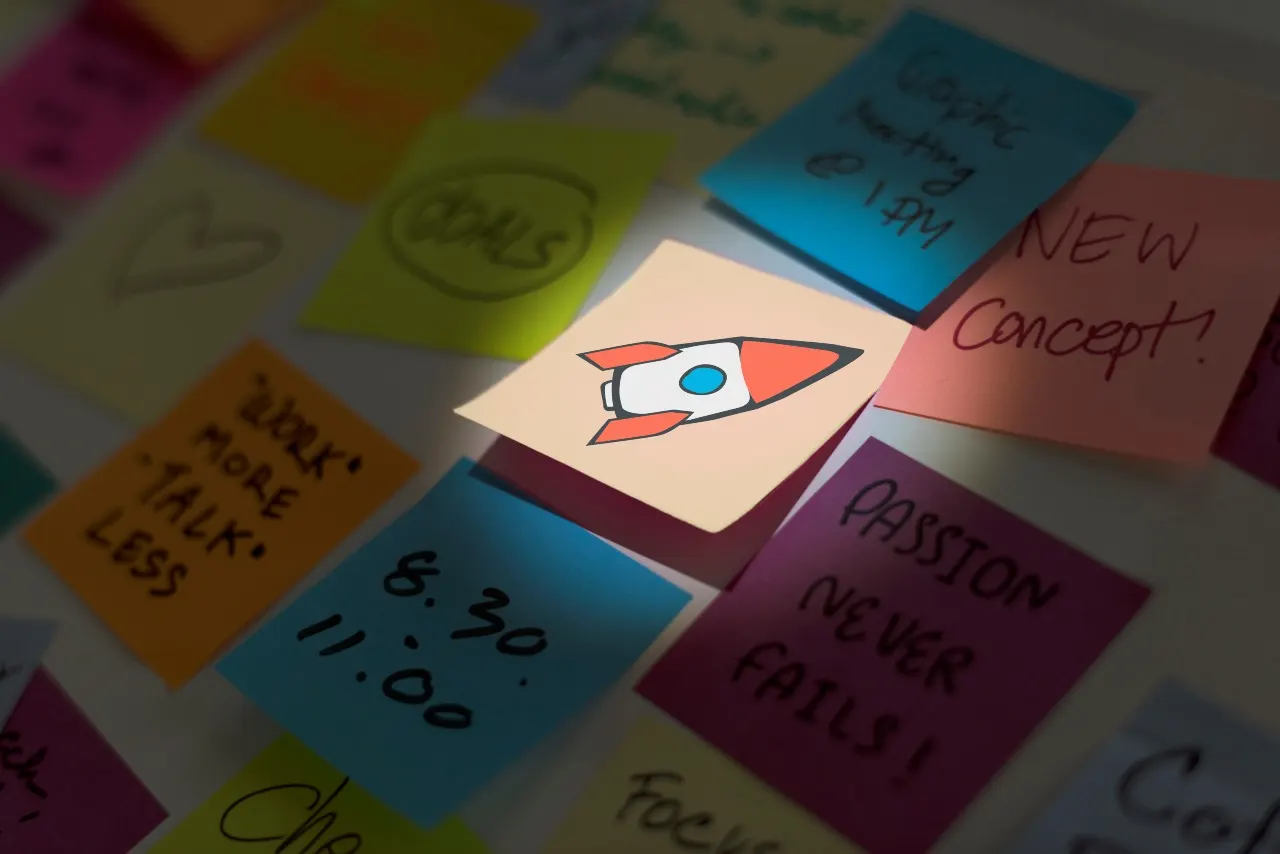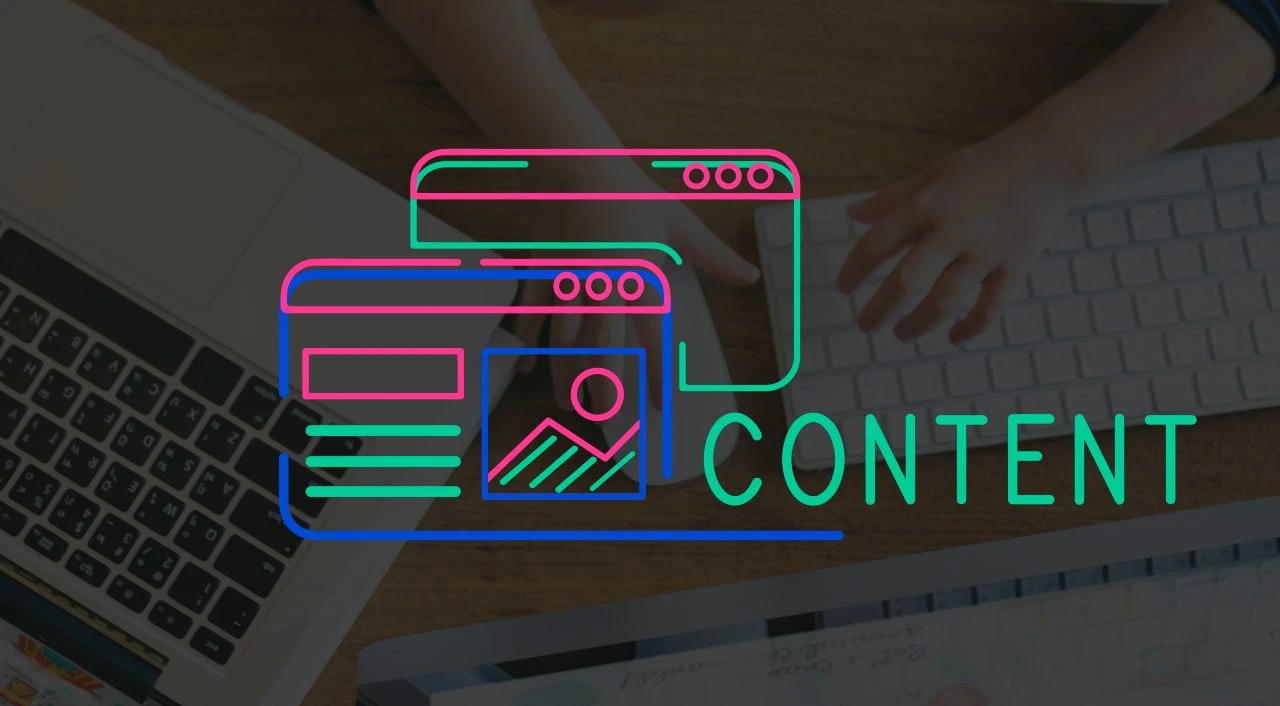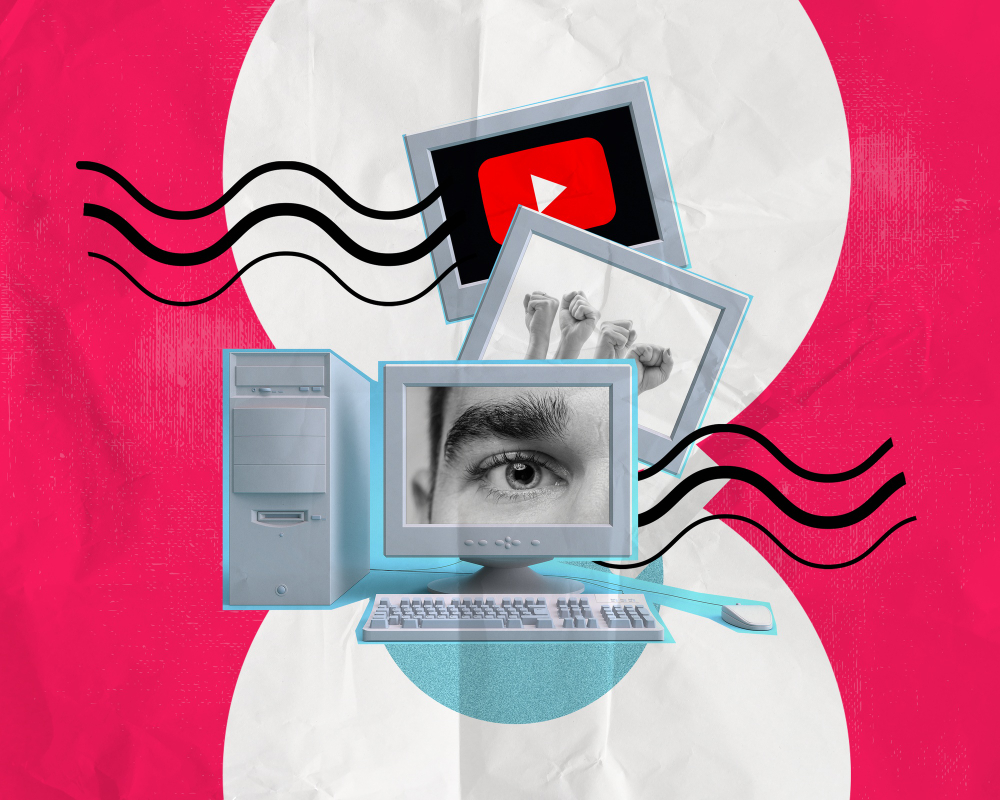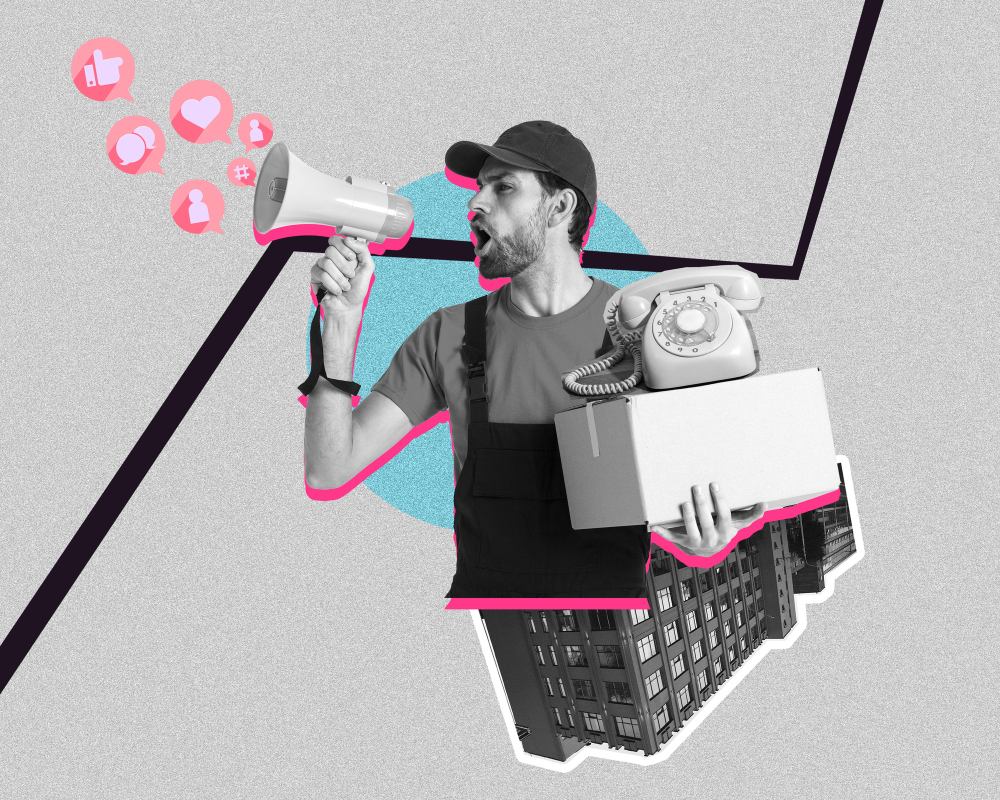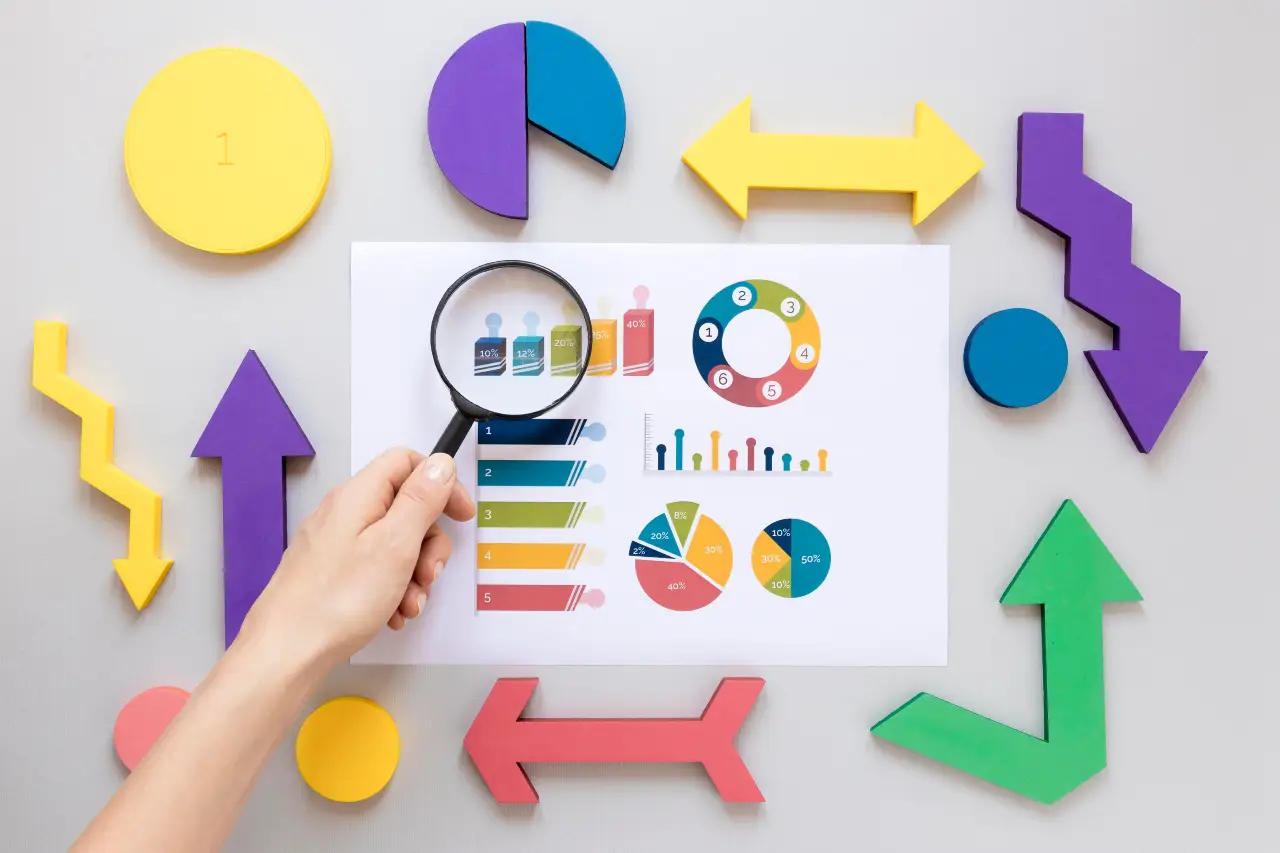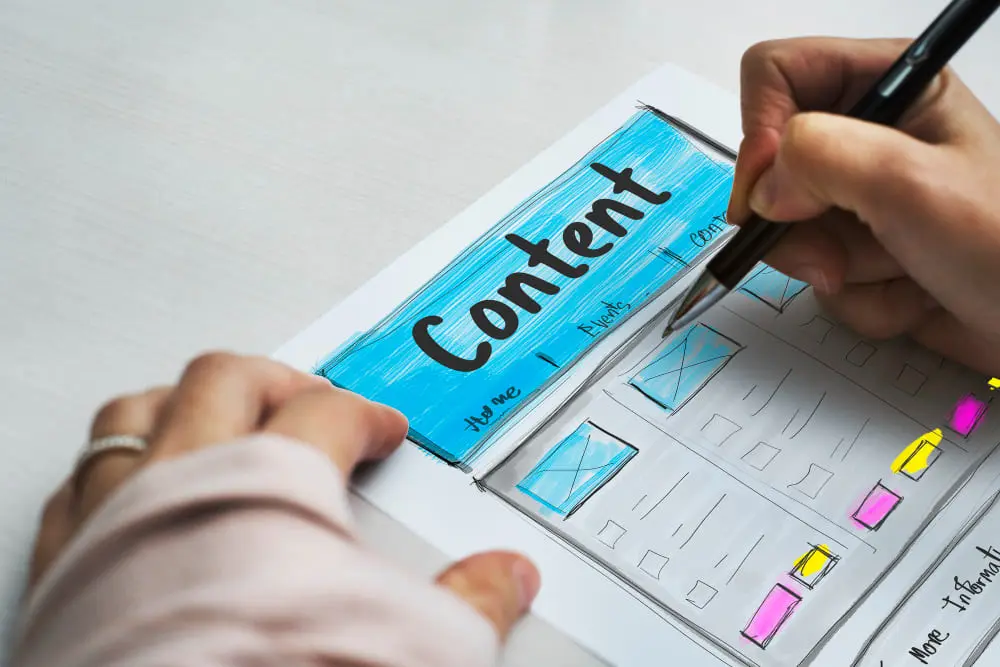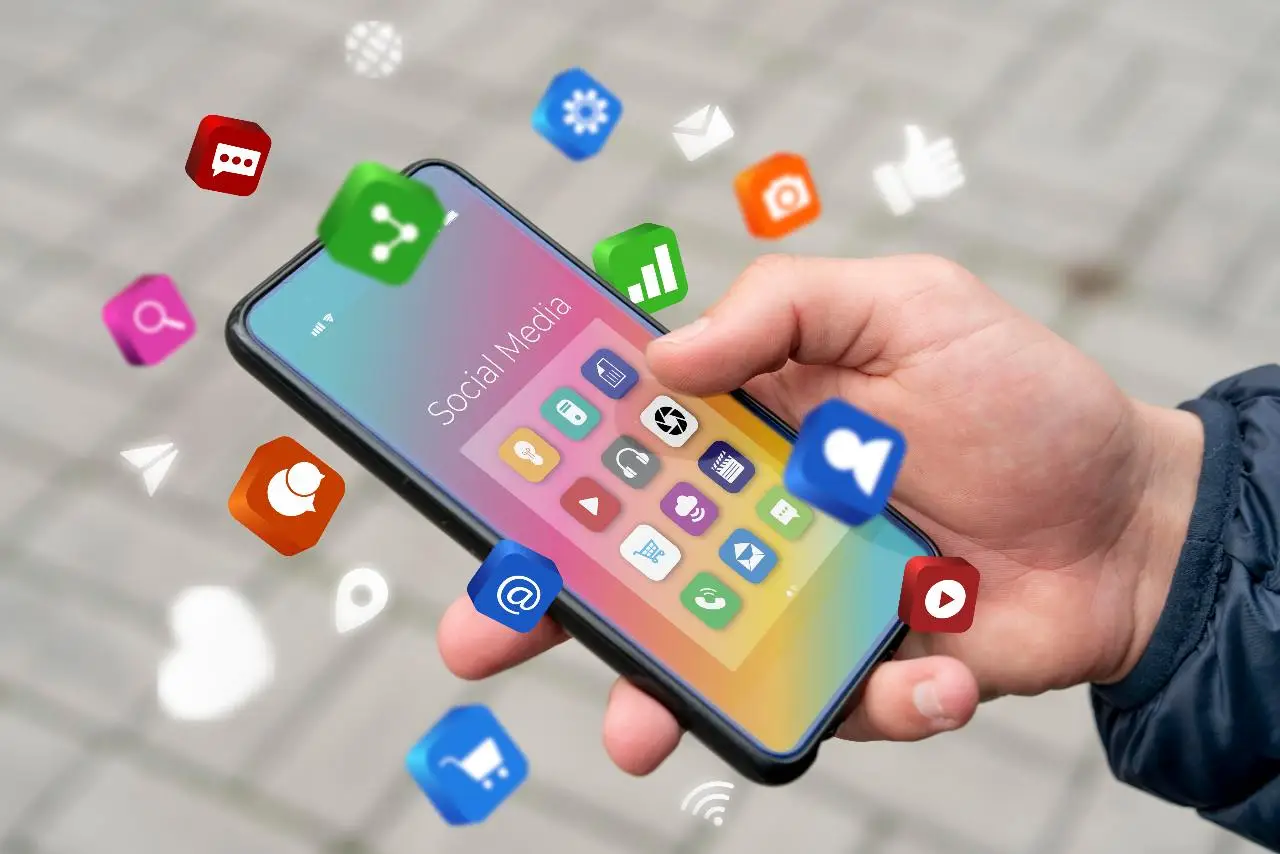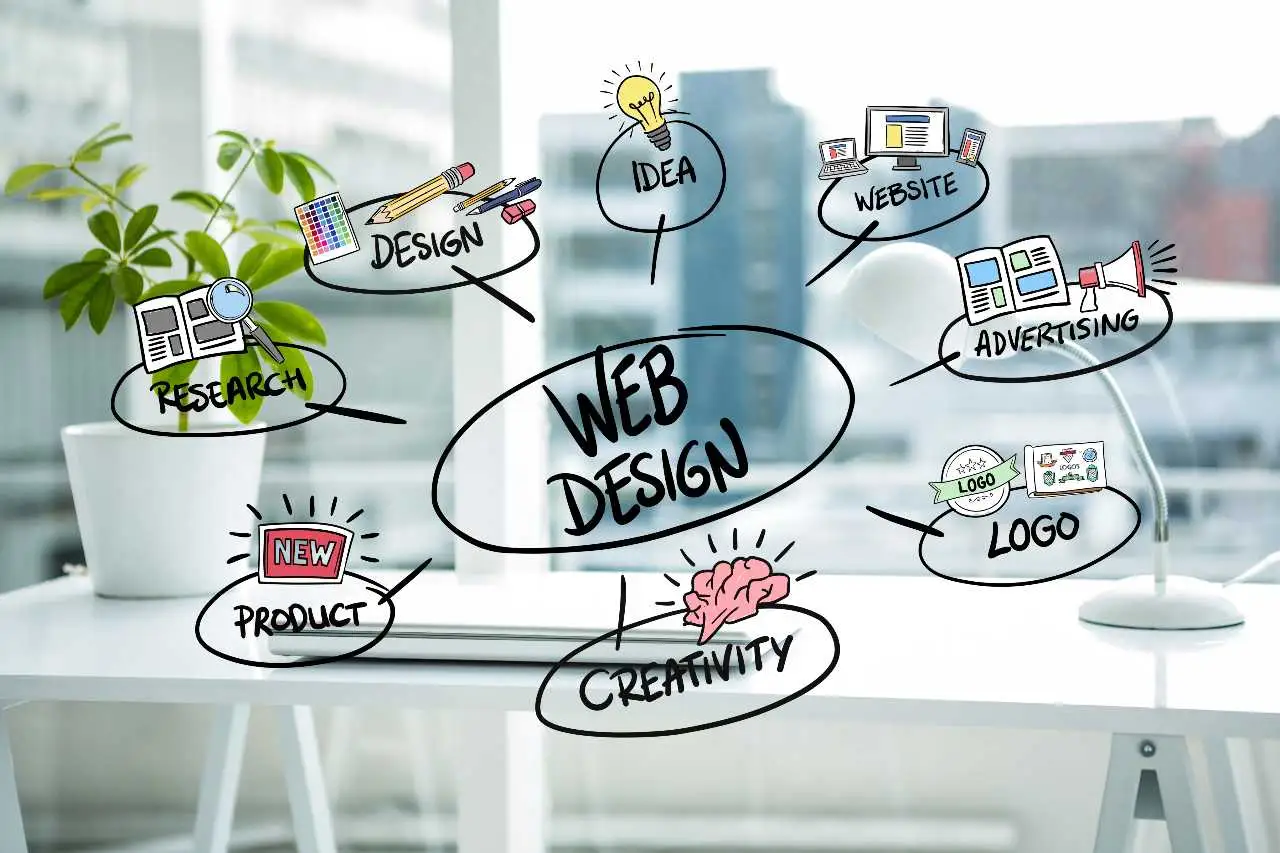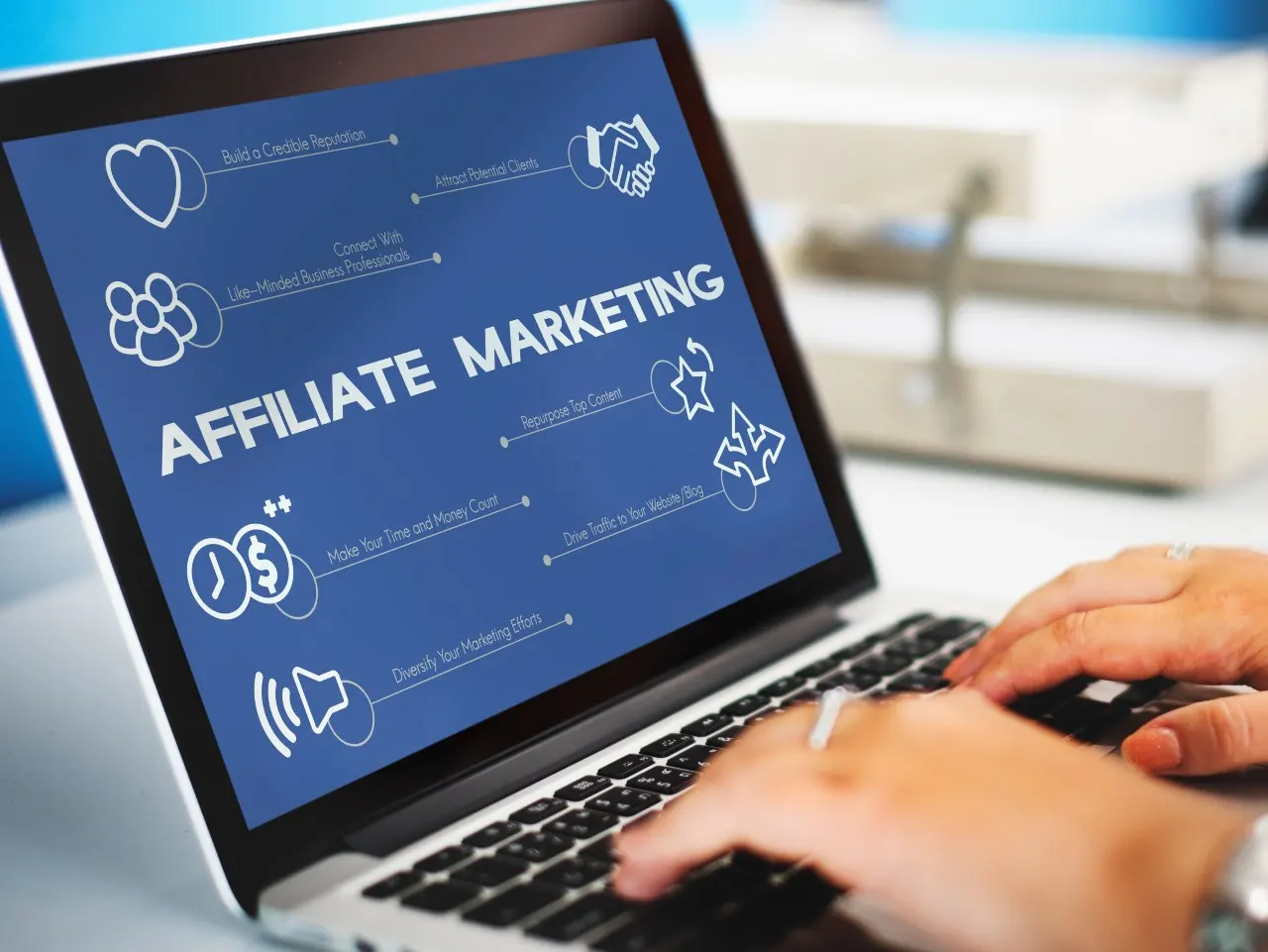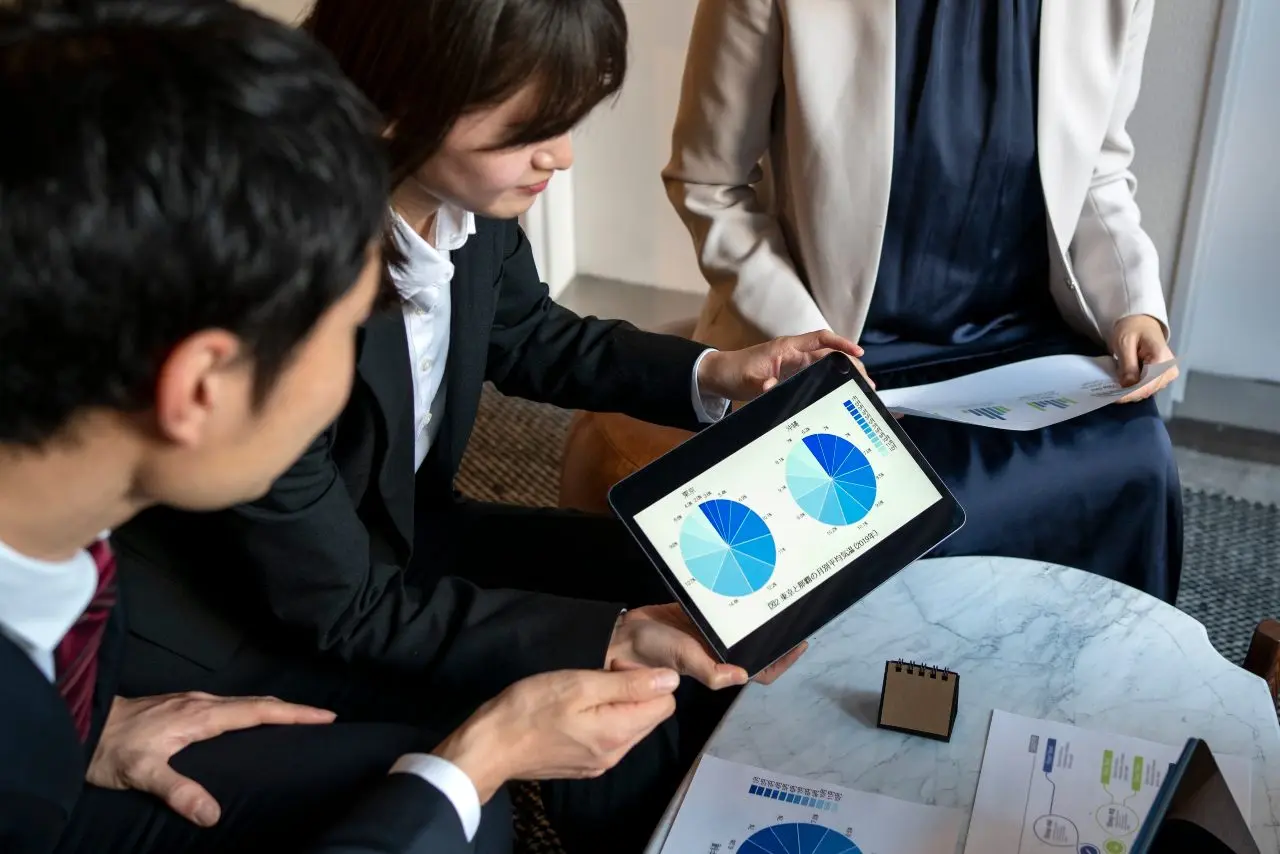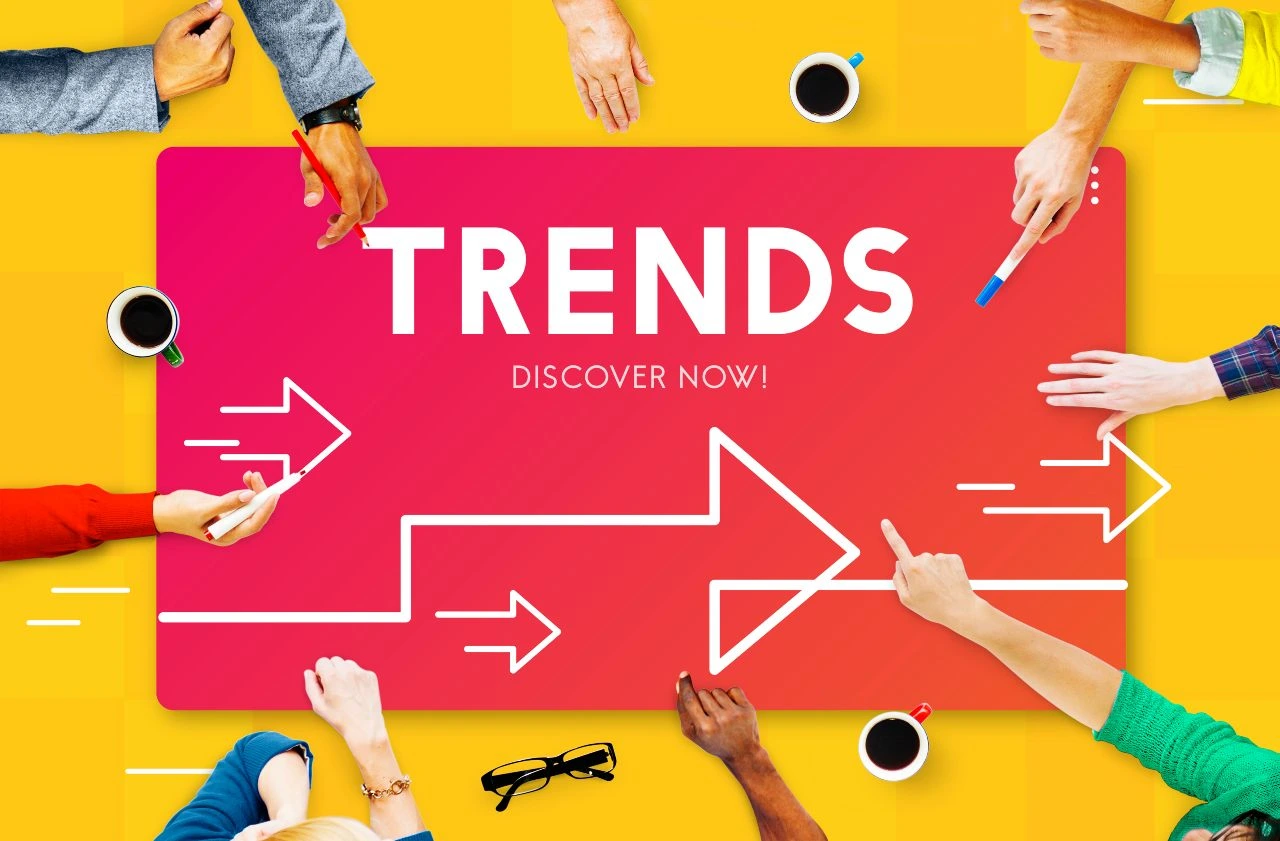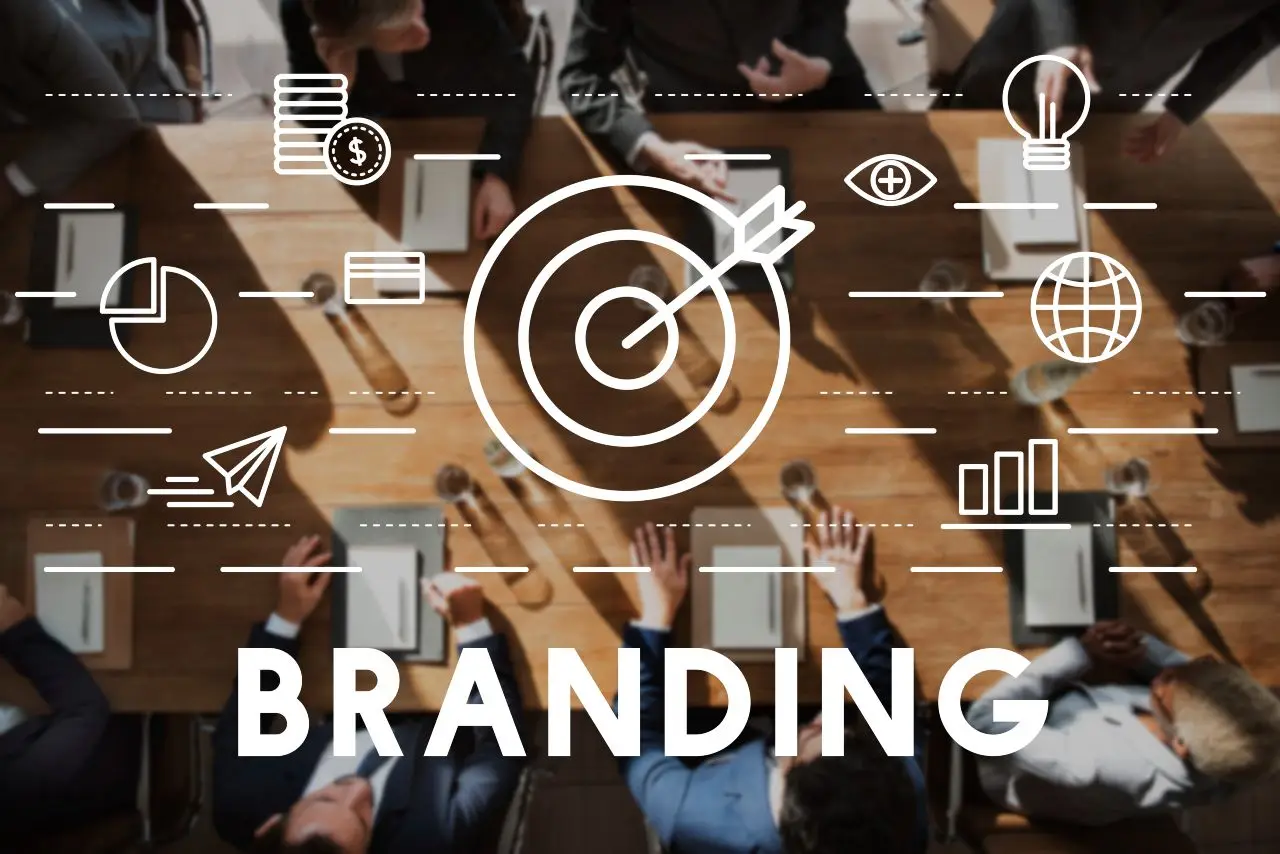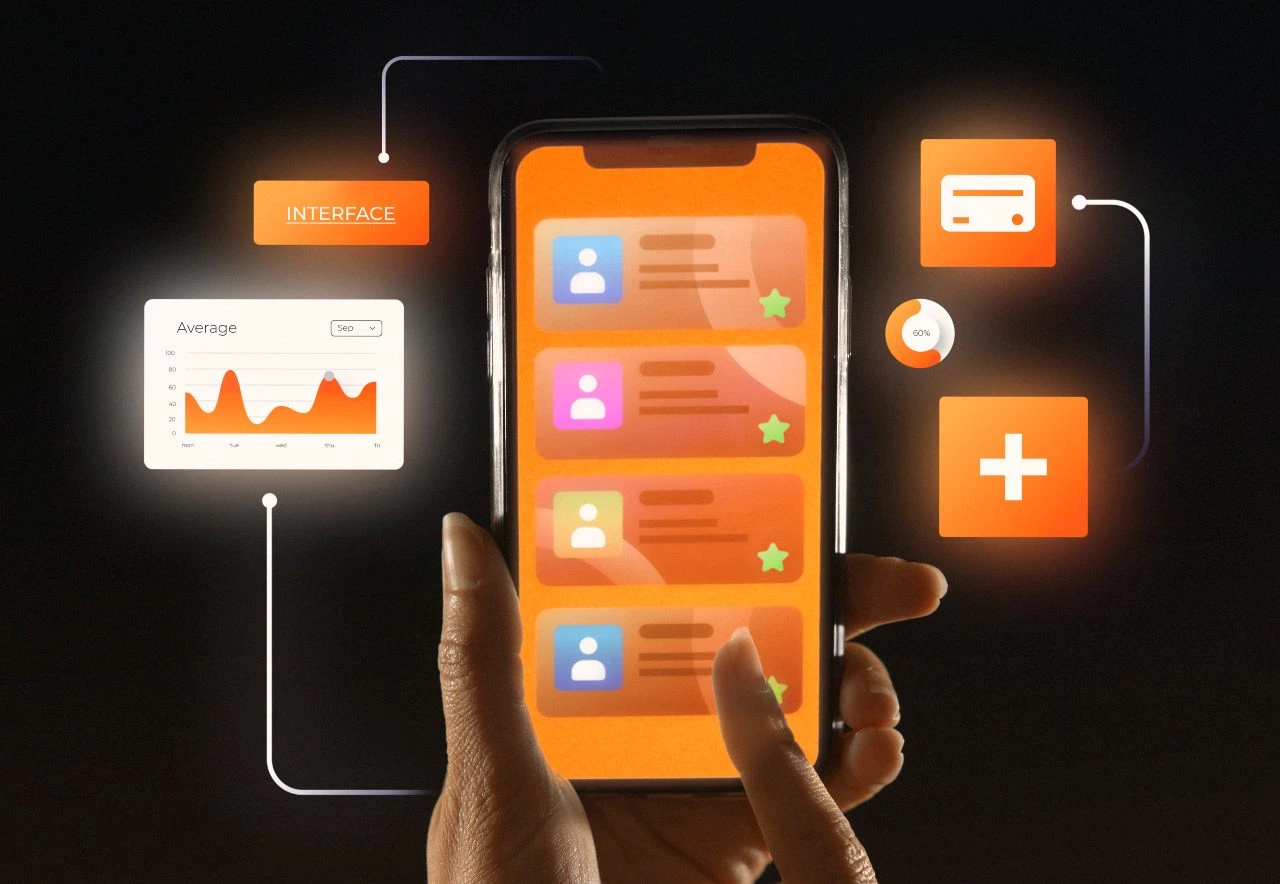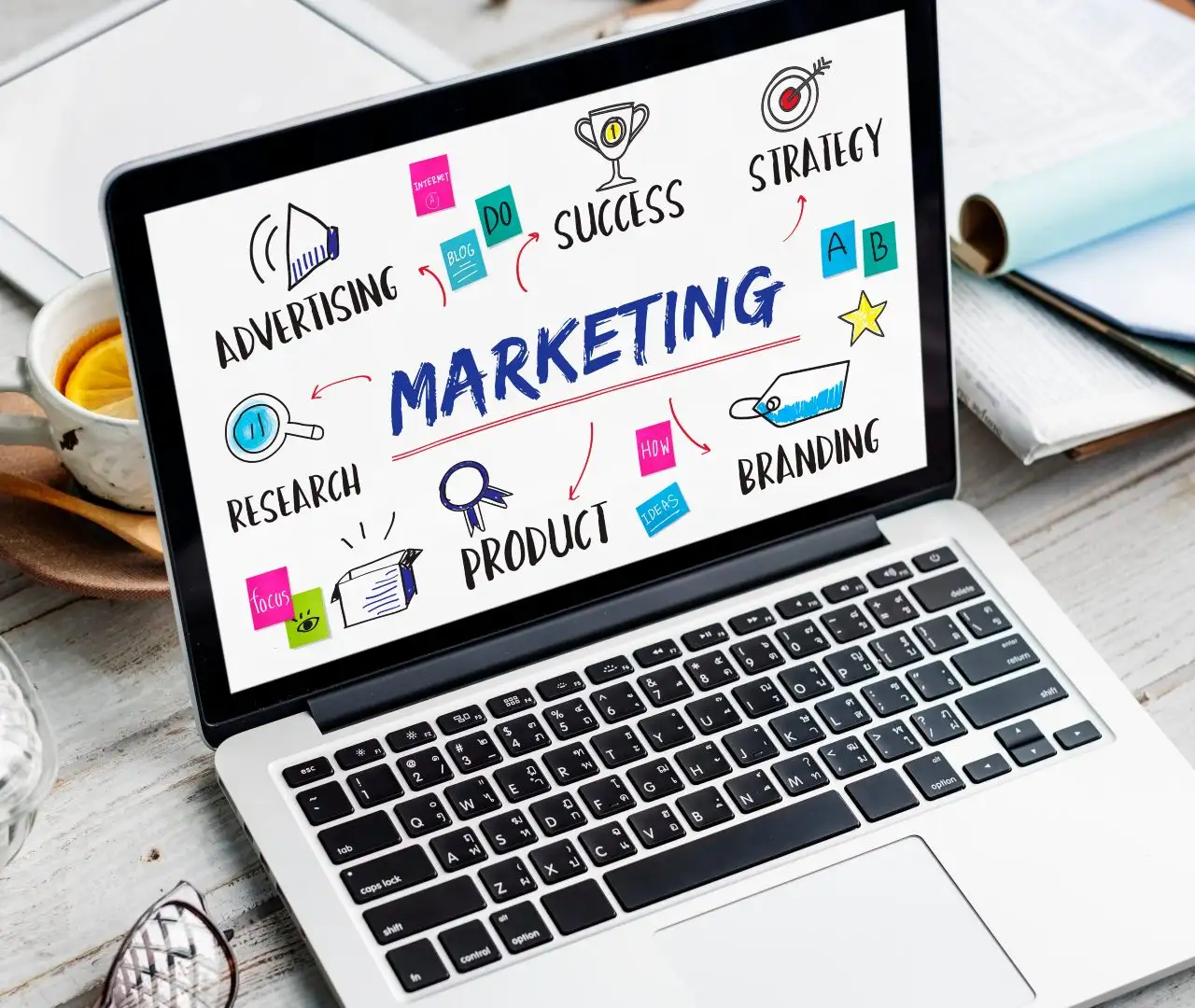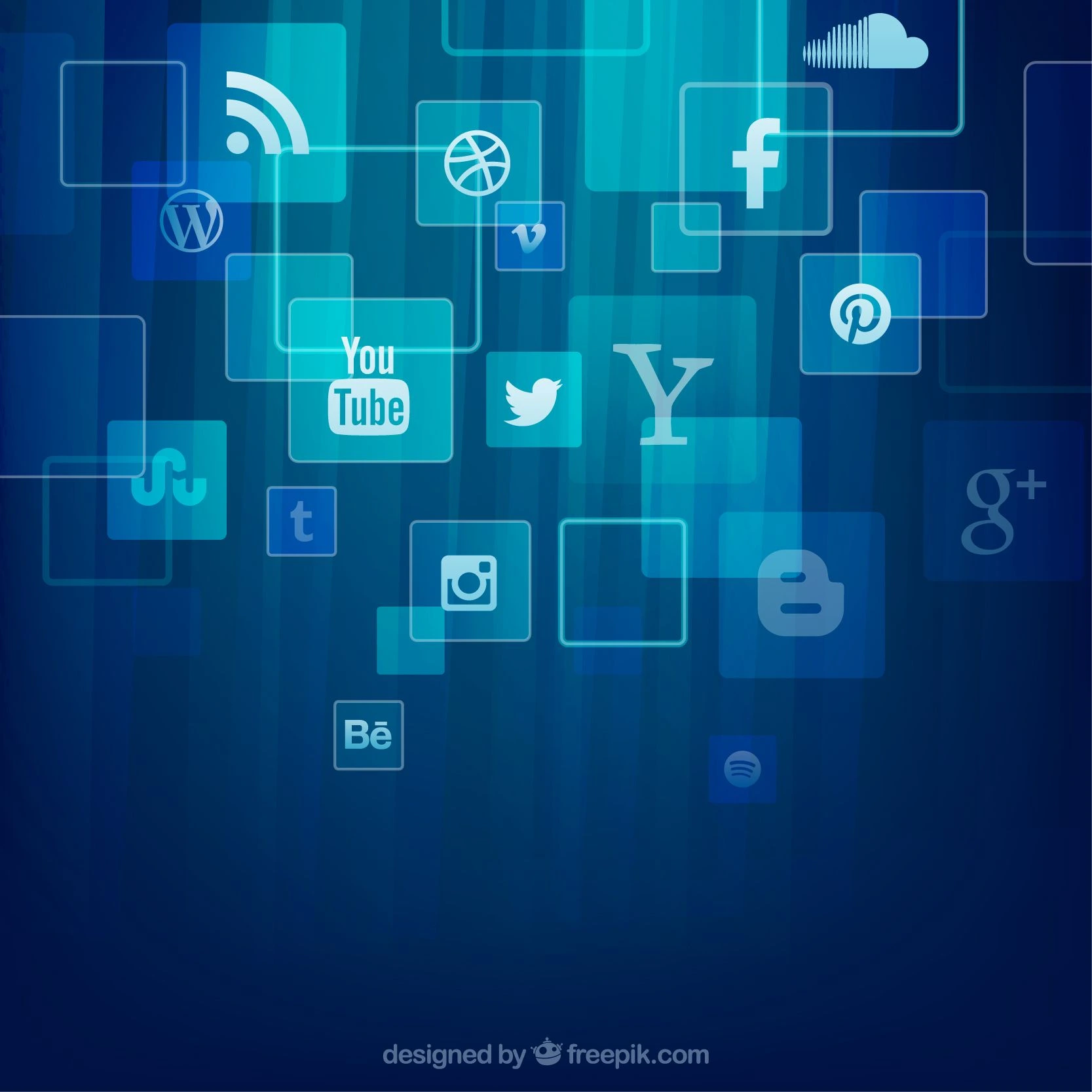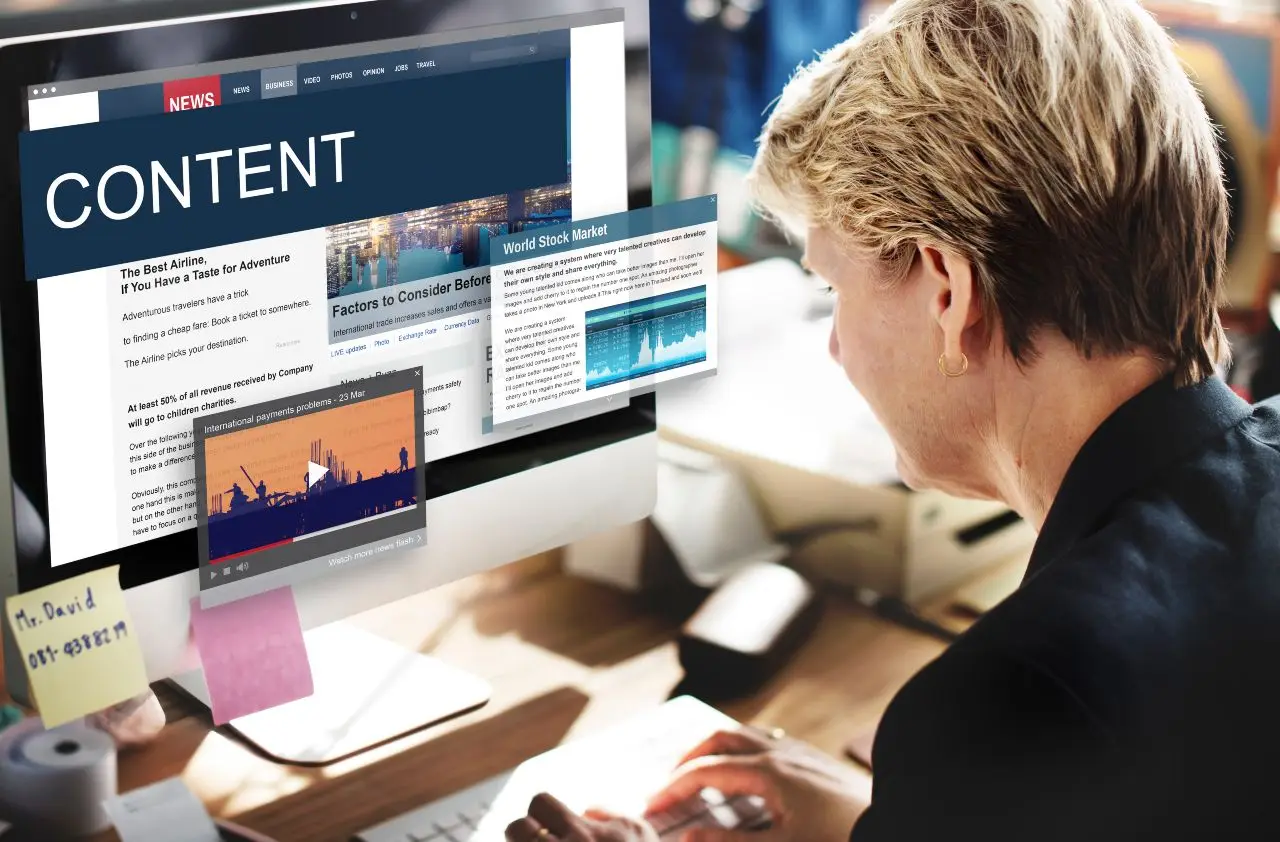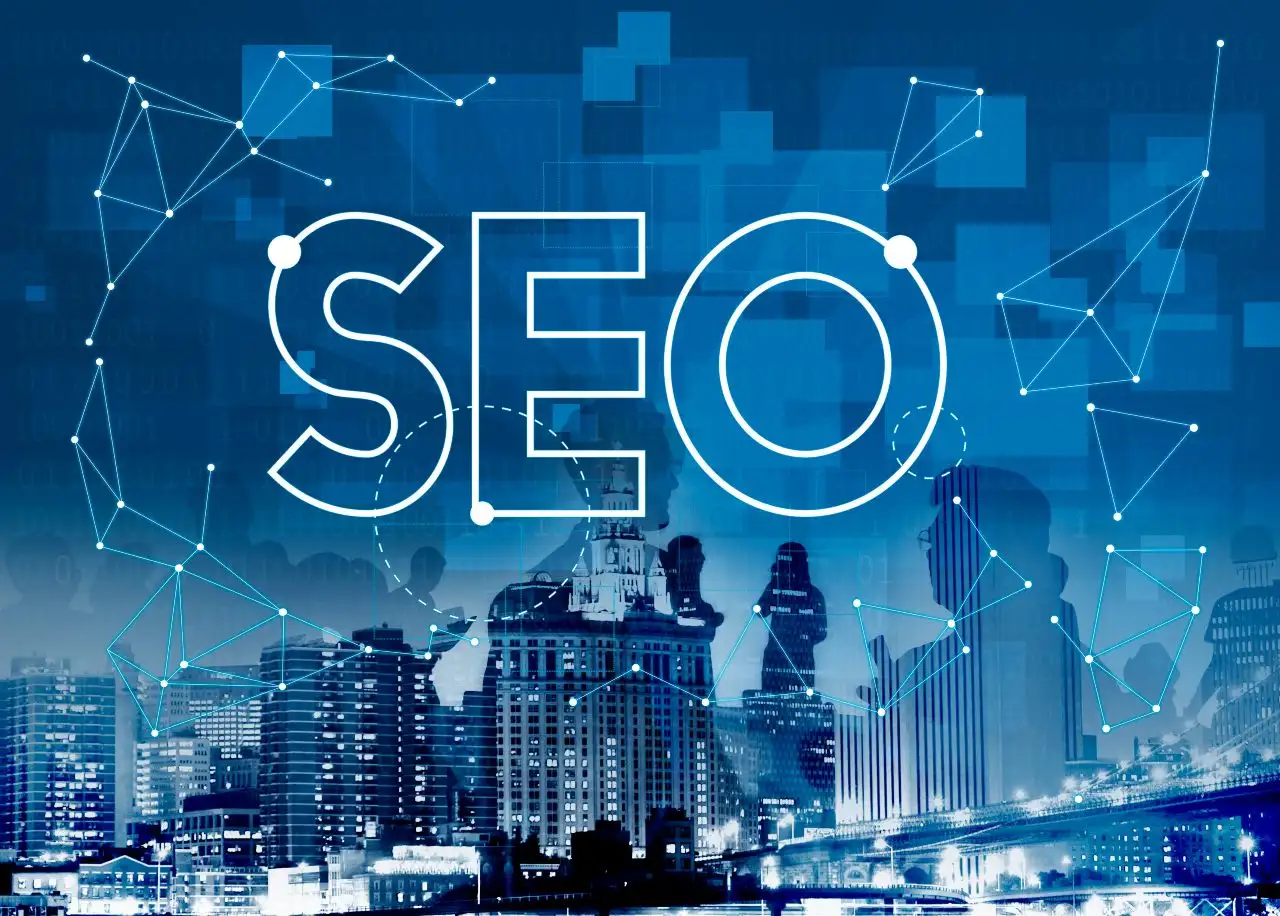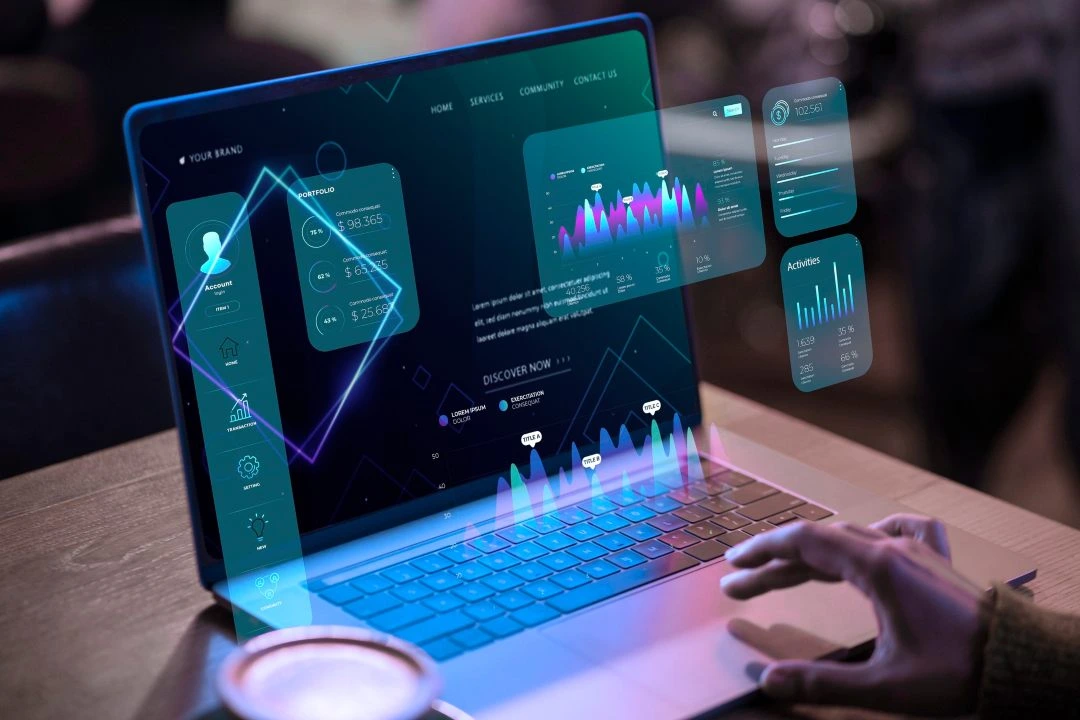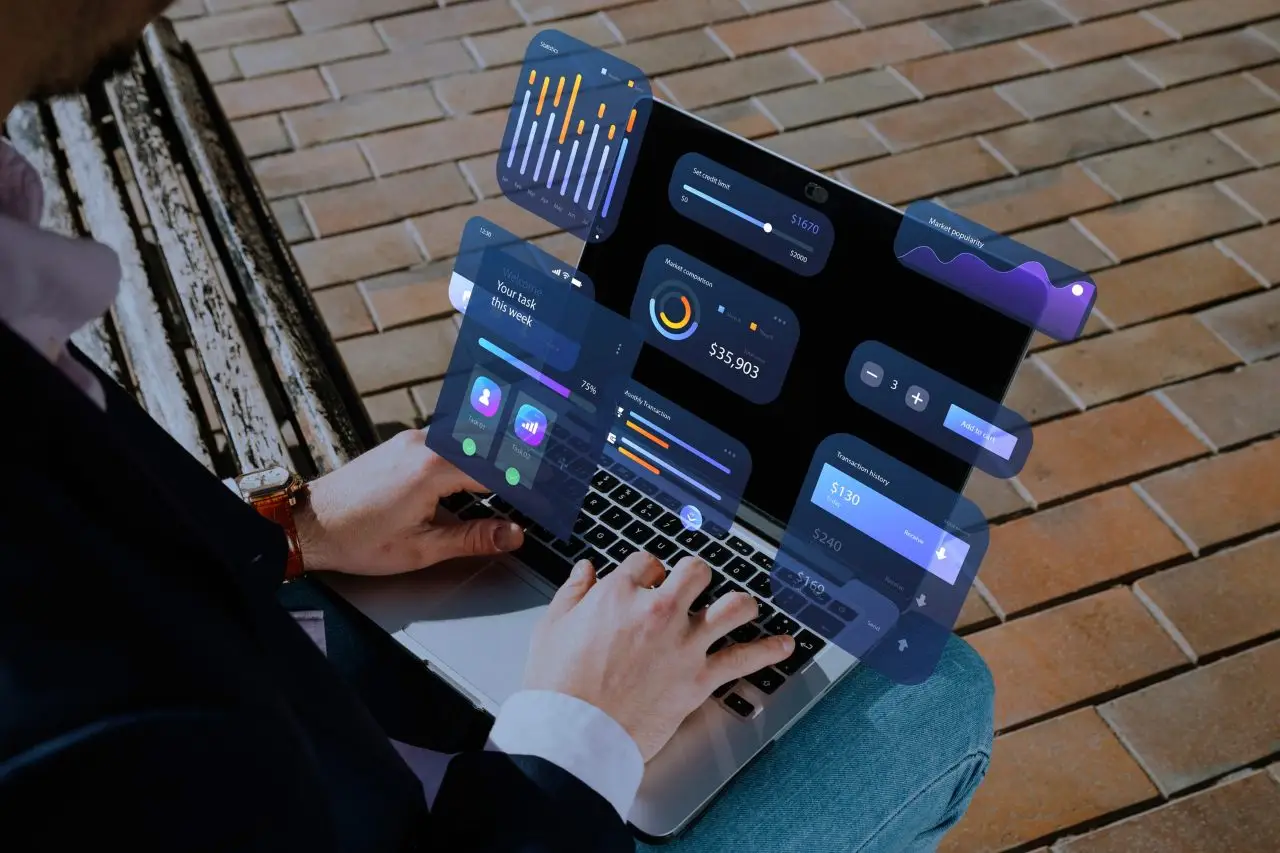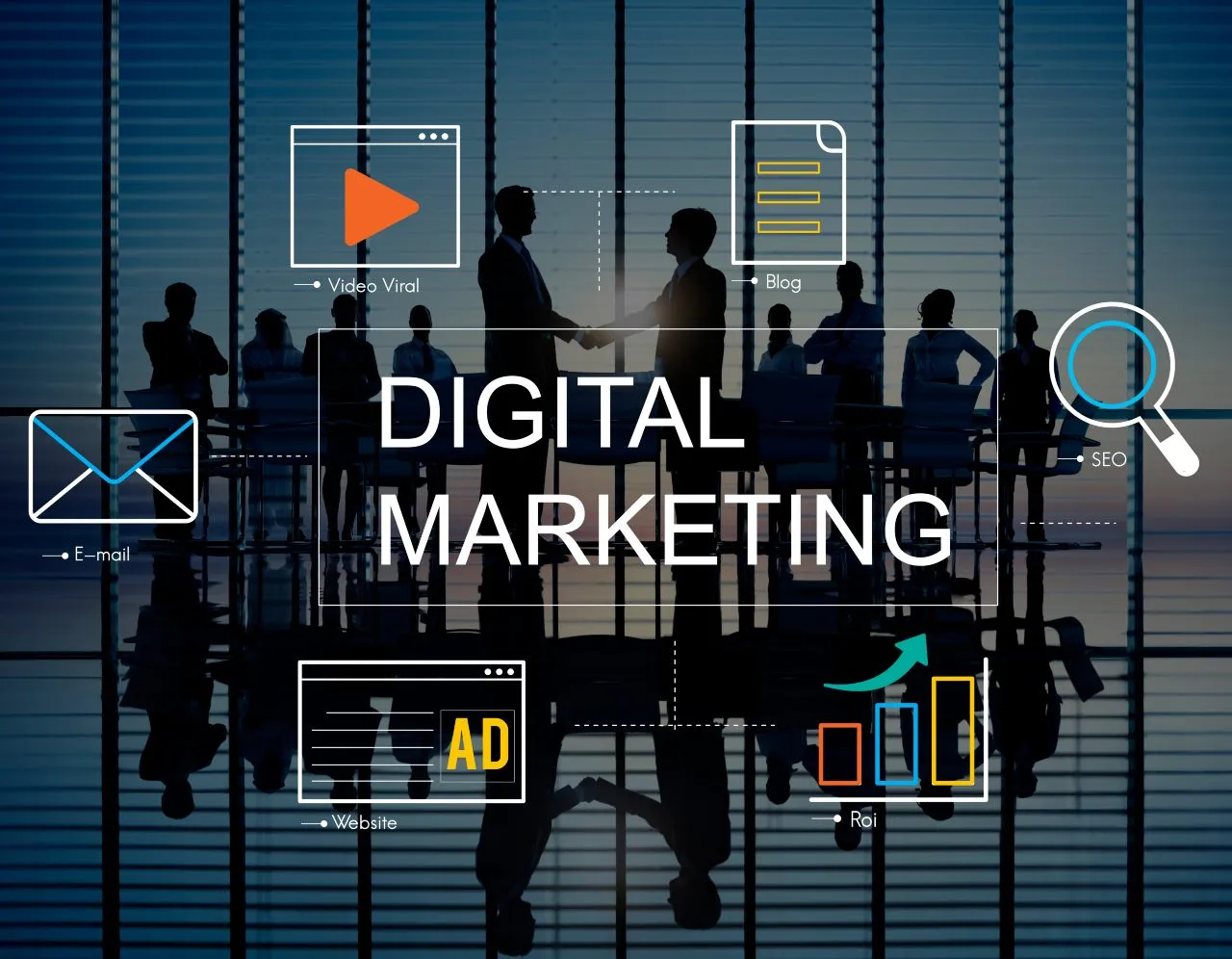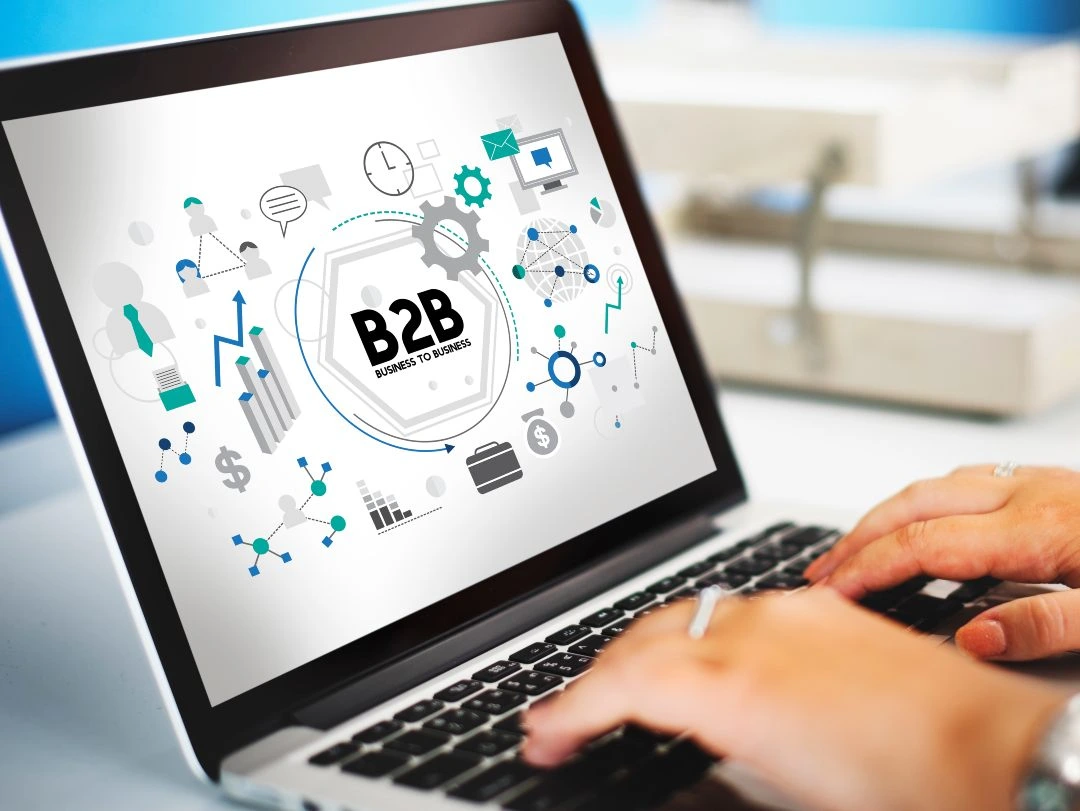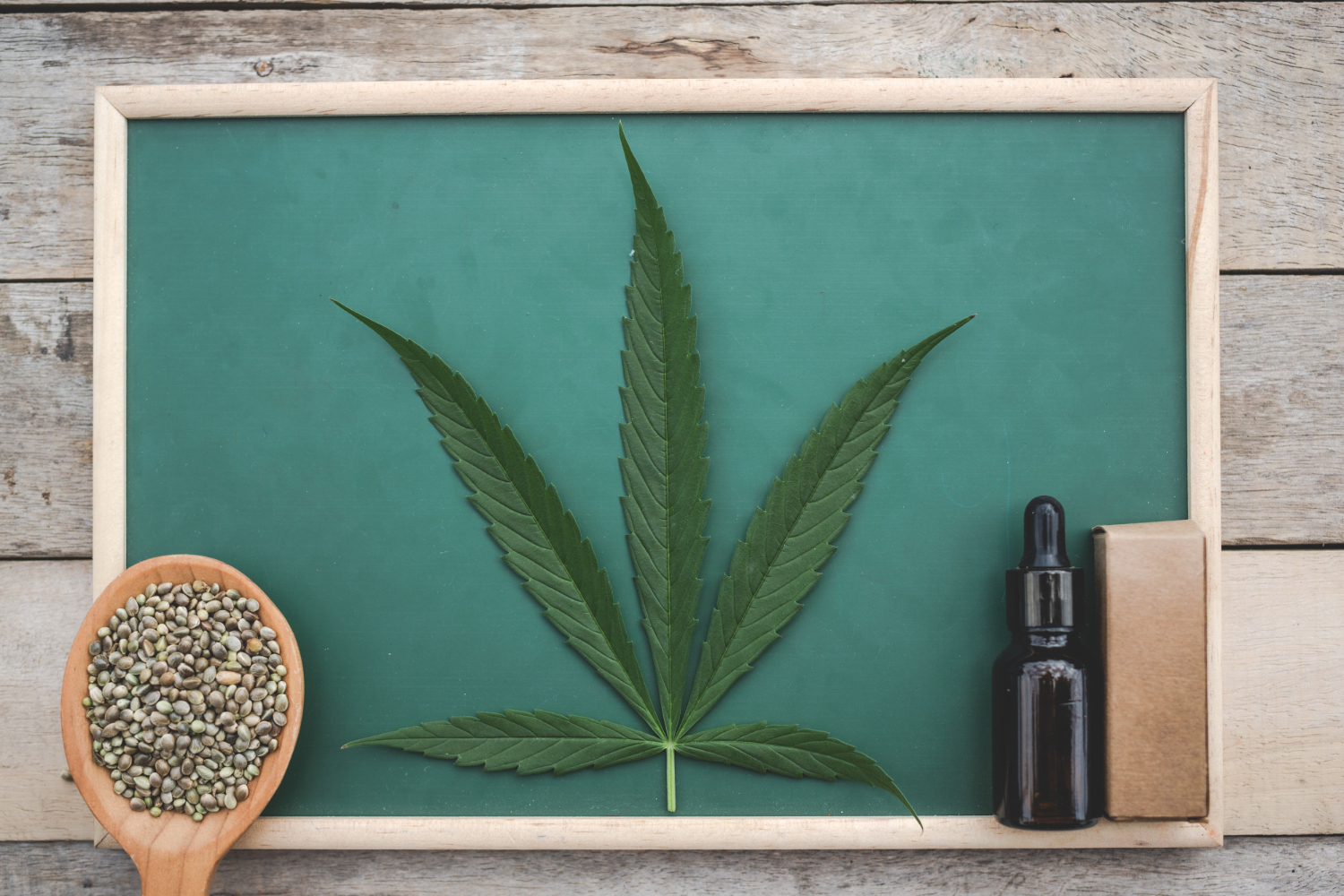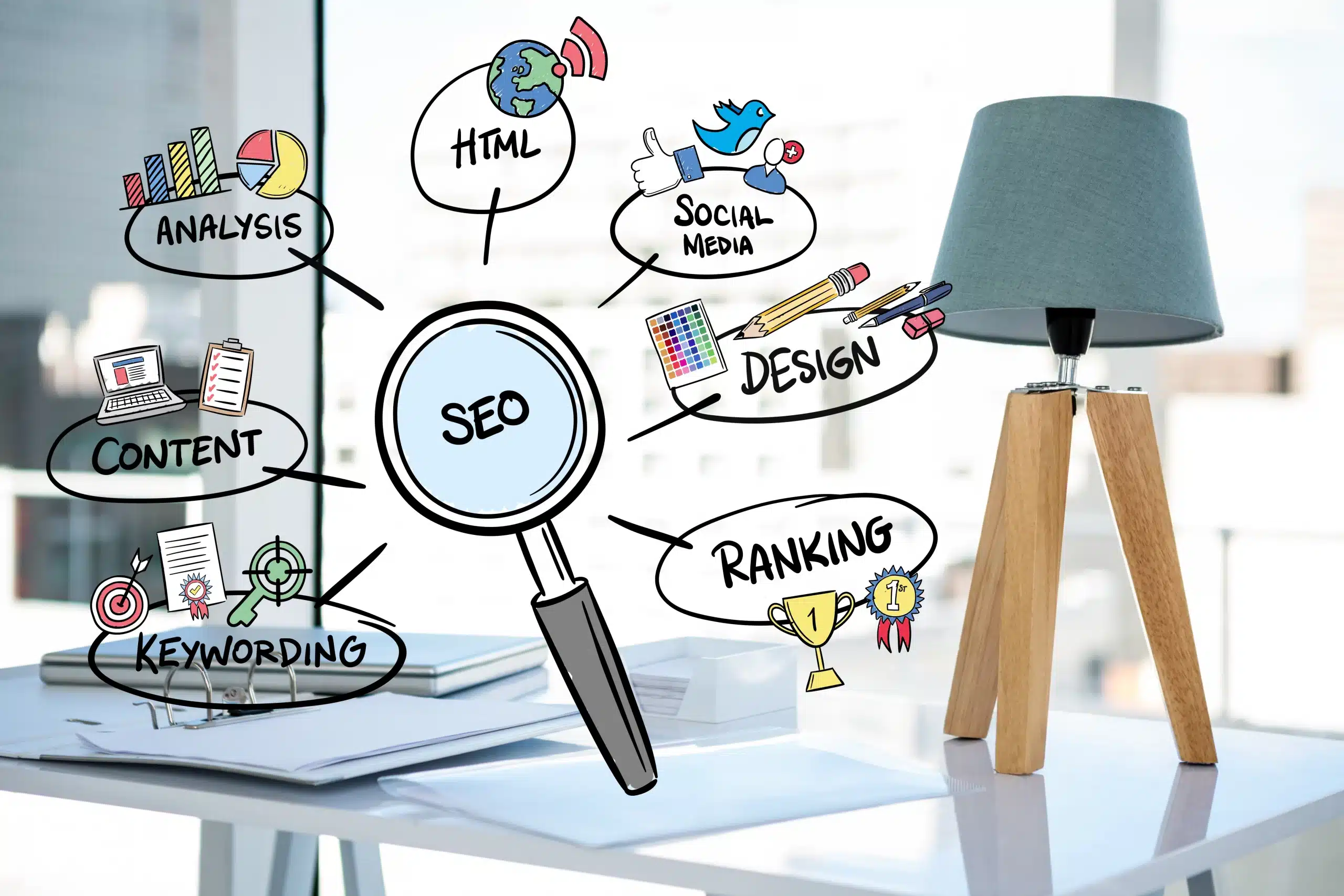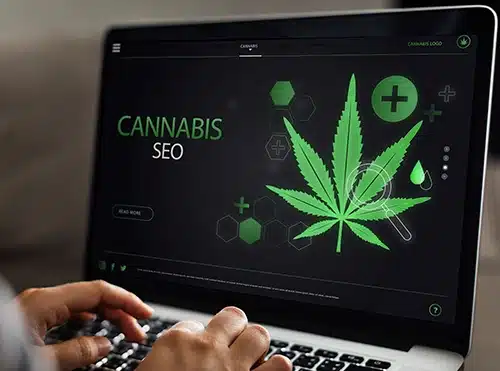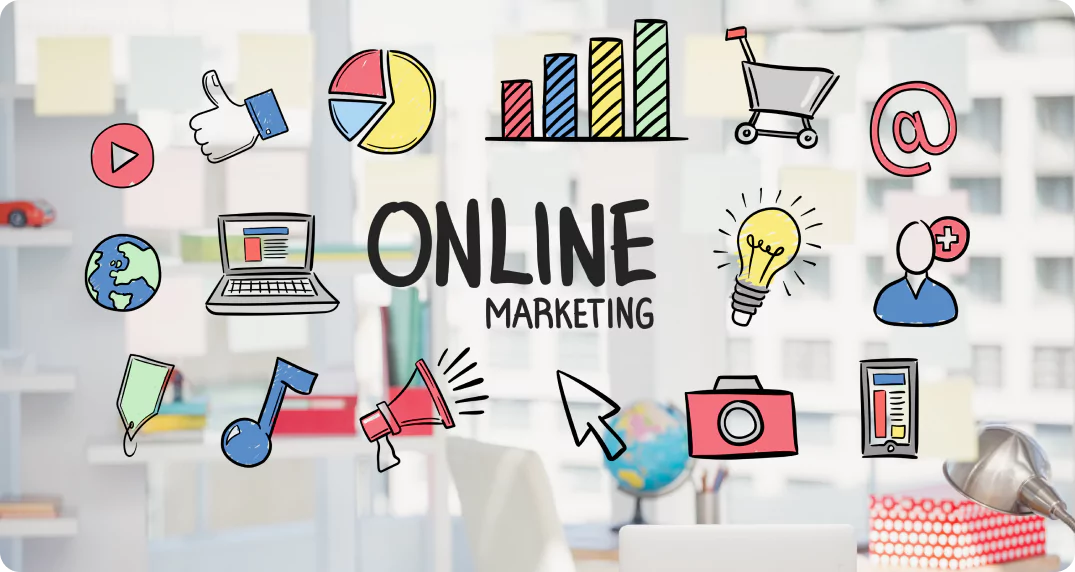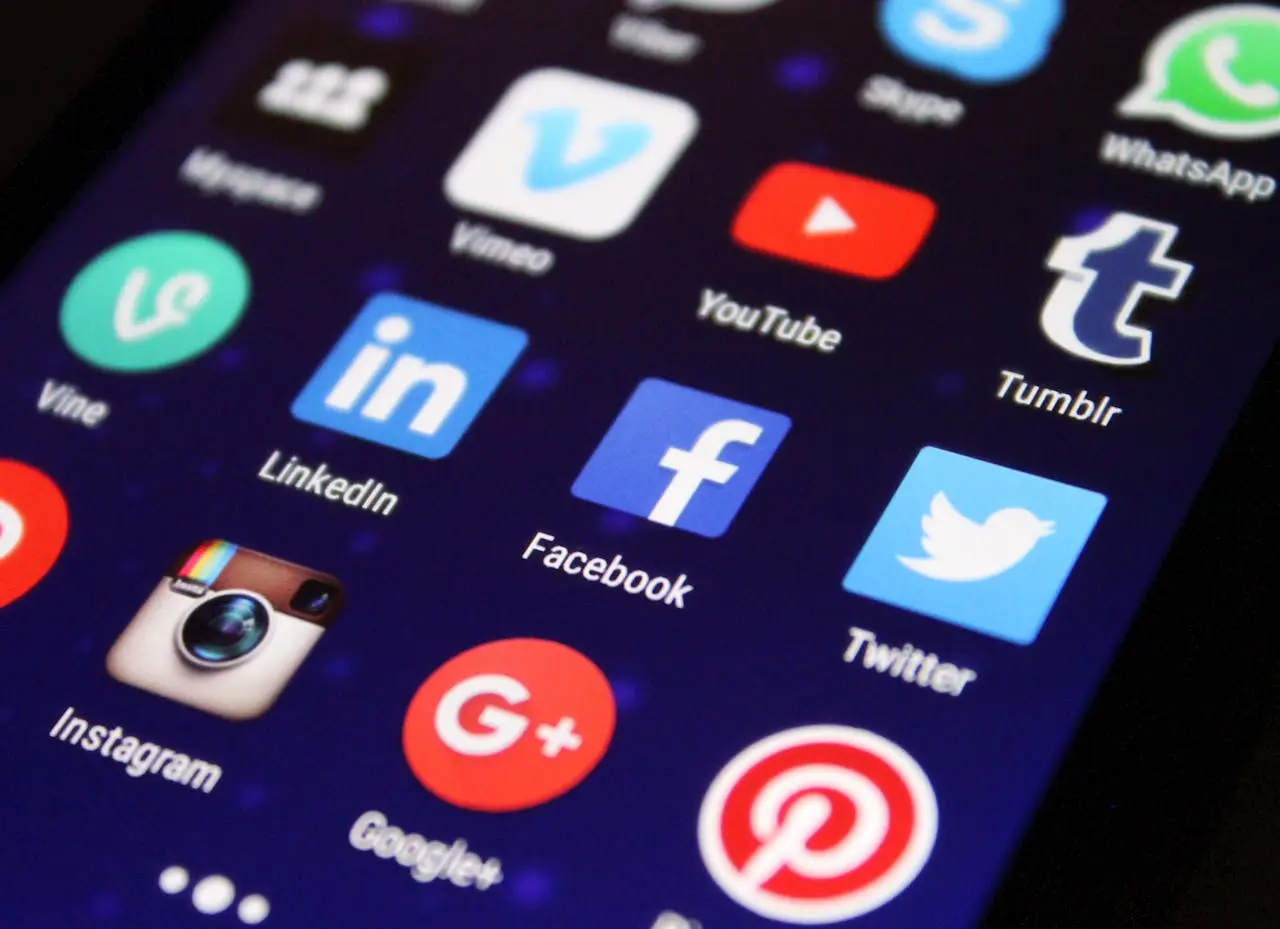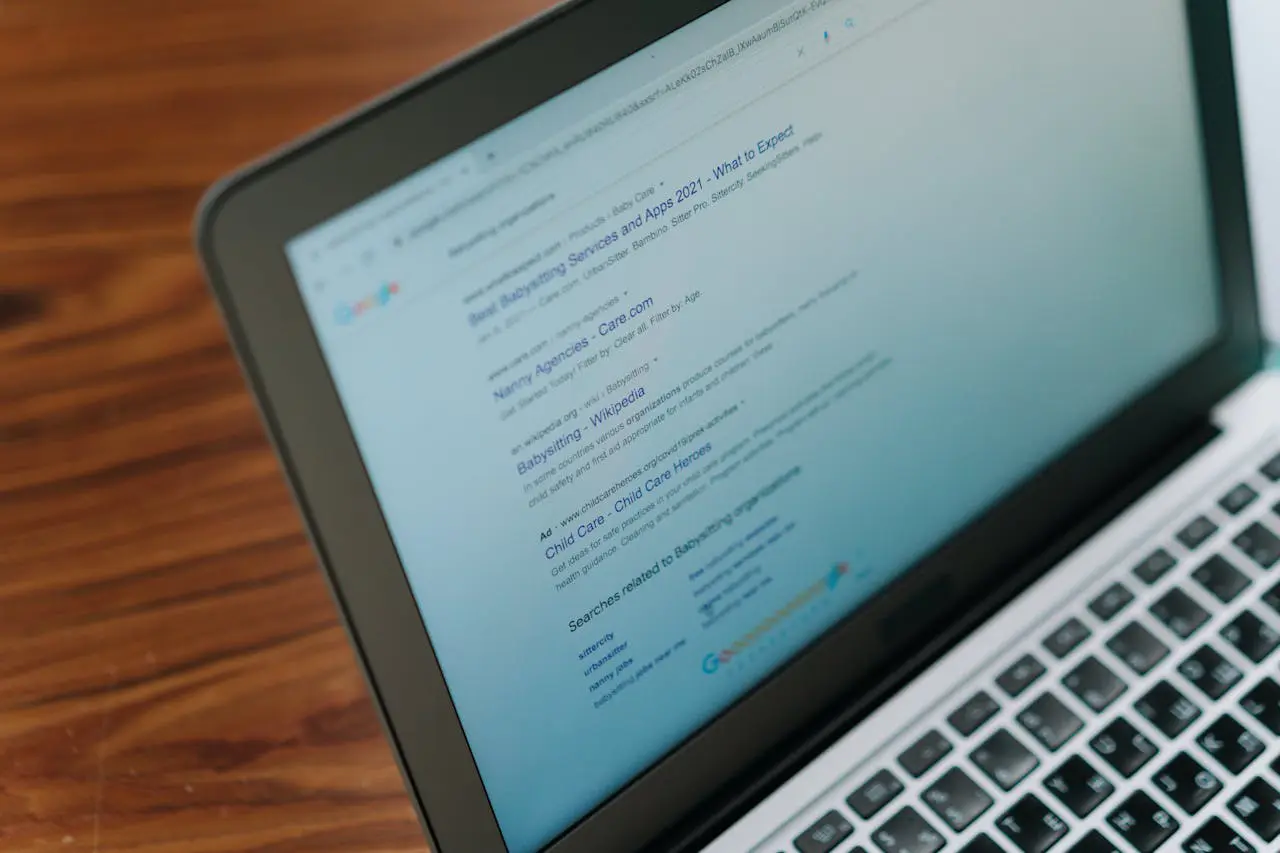The Invisible Forces Shaping Digital Campaign Efficiency
Ever feel like your digital marketing campaigns are spinning their wheels, not quite reaching their full potential? You’re not alone. While the marketing landscape is constantly evolving, with trends like AI adoption and shifting budget allocations, “hidden marketing friction points” are often the culprits behind campaign inefficiencies.
These friction points—whether it’s a lack of AI expertise, content misalignment, or budget misallocation—can significantly impede your marketing ROI. Identifying and addressing these invisible forces is crucial for optimizing your strategies and maximizing your marketing impact in 2025.
In this article, we’ll dissect several key statistics that shed light on these hidden friction points, providing actionable insights to help you streamline your campaigns and achieve greater success.
Closing the GenAI Divide: Beyond Adoption to Real Impact
Generative AI is making waves in the B2B marketing space, promising to transform everything from content creation to campaign optimization. Yet, the pace of adoption isn’t matched by a comparable rise in expertise—creating a paradox where powerful tools are often underleveraged or misunderstood. As competition tightens and automation becomes table stakes, the teams who crack the code on strategic AI usage stand to pull far ahead.
- Two out of three B2B marketers now incorporate GenAI into their workflows, but only 28% feel truly confident in applying these systems effectively.
- A staggering 91% rely on free AI tools like ChatGPT for content and ideation, while just 27% invest in premium AI-powered writing platforms—suggesting that deeper capabilities remain untapped for most.
This gap between access and expertise is more than a technical hurdle; it’s now a strategic differentiator. Brands content to experiment casually with AI will see incremental gains, but those who invest in education, premium tools, and thoughtful change management can unlock true efficiency, creativity, and measurable results from their digital campaigns.
Pro Tip: Launch a structured AI enablement program for your team—think workshops, certifications, or sandboxing projects. Pair hands-on learning with investments in advanced AI platforms, and don’t be afraid to pilot AI-driven workflows in live campaigns. The payoff: faster turnarounds, more engaging content, and smarter decision-making at every level.
How AI Supercharges Content Production for Marketers
The content arms race has changed pace. With deadlines tightening and quality expectations soaring, marketing teams are increasingly looking to AI as more than just a novelty—it’s quickly becoming their not-so-secret weapon for scaling content initiatives without burning out creative resources. Rather than simply automating the mundane, AI is now empowering humans to shift from repetitive tasks to high-impact strategy and storytelling.
- Content writers who once devoted up to 20 hours weekly to content development now average just 10 hours, thanks to AI writing tools (Semrush).
- 68% of businesses have reported an increase in their content marketing ROI after adopting AI-powered solutions (Semrush).
By freeing up valuable hours and delivering measurable ROI gains, AI isn’t just streamlining workflows—it’s enabling marketers to pursue bigger creative ideas and adapt faster to content trends. As automation continues to evolve, the leading teams will be those who leverage AI to complement—not replace—human insight, blending efficiency with originality.
Pro Tip: Start by identifying repetitive bottlenecks in your content pipeline—such as topic ideation, first drafts, or repurposing—and test specialized AI tools to speed up those stages. The right tool mix can halve production time, leaving more room for creativity and strategic innovation. For businesses that want to maximize efficiency while focusing on strategic growth, exploring options like outsourcing SEO services can further enhance your digital efforts by offloading technical tasks to trusted experts.
Where B2B Marketers Are Placing Their Bets
Budget choices are a direct reflection of what B2B organizations value most in their pursuit of growth. As competition intensifies and buying cycles become more complex, companies are under mounting pressure to channel resources where they’ll see the biggest impact—whether that’s breaking through with targeted ads, building trust through content, or adopting new tech to streamline campaigns. Digging into recent budget allocations gives us a window into which levers B2B marketers are pulling to stay ahead.
- On average, companies selling B2B products allocate 9.7% of their total budget to marketing. Source
- B2B marketers are allocating 19% of their budget to advertising, followed by content (17%), tools and technology (16%), and personnel (12%). Source
- A majority of B2B marketing leaders, 68%, report having a larger budget compared to the previous year. Source
What’s striking is the deliberate prioritization of advertising and content—signaling that brands aren’t just increasing spend, they’re investing in breaking through noise and delivering meaningful value to buyers. The bump in technology spend underscores that automation, analytics, and AI are rapidly moving from “nice-to-have” to “need-to-have” for scalable marketing. Additionally, many organizations are refining their B2B website strategy to ensure their digital presence is optimized for capturing and nurturing leads in this highly competitive space.
As the marketing landscape continues to shift, the smartest teams aren’t just following last year’s formula—they’re monitoring ROI and reallocating spend to double down on what’s truly moving the needle.
Pro Tip: Don’t let your budget run on autopilot. Set a quarterly reminder to review real results by channel—this helps you quickly spot what’s underperforming and unlock funds for high-growth tactics before your competitors do.
The Reality Behind Content Mapping Gaps
Even as marketing technology evolves and teams adopt sophisticated tools, one stubborn obstacle remains: aligning content to the buyer’s journey. The gap isn’t just a matter of missed opportunities—it can directly impact lead quality, conversion rates, and overall ROI. With more buyers conducting independent research and expecting tailored interactions, marketers face mounting pressure to deliver the right message at precisely the right moment.
- A striking 45% of marketers are still struggling to align their content with the buyer’s journey, only a slight improvement from 48% the previous year.
This ongoing struggle reflects a larger issue—content planning often happens in silos or is driven by campaign deadlines instead of genuine customer needs. As buying cycles become more complex and stakeholders multiply, simply “producing content” isn’t enough. Marketers who take the time to map content to each stage of the buying journey set themselves up for deeper engagement and long-term relationships.
Pro Tip: Go beyond basic personas and journey stages by regularly interviewing customers and analyzing behavioral data—this hands-on approach will reveal fresh pain points and questions that generic templates might miss. Use these insights to develop content themes and formats tailored to each stage, then refine your approach with testing and real-time analytics for continual improvement.
Conclusion
The evolution of technology, particularly AI, is reshaping how B2B marketers approach their craft, creating new opportunities and challenges. From the rapid adoption of generative AI tools to the persistent struggle to align content with the buyer’s journey, the data reveals both progress and gaps that must be addressed. For marketers, closing the expertise gap in AI usage isn’t just a matter of staying competitive—it’s about unlocking untapped potential that can drive efficiency and ROI. Similarly, strategic budget allocation remains a cornerstone of effective marketing, as organizations continue to invest in advertising, technology, and content creation.
Amid these trends, one thing is clear: success lies in the ability to adapt. Marketers must prioritize learning, experiment with tools that optimize processes, and fine-tune their strategies to meet the dynamic demands of the digital landscape. Whether it’s bridging knowledge gaps or refining content strategies, every small adjustment can lead to measurable gains.
If you’re ready to supercharge your business, don’t hesitate to get in touch with our full-service marketing pros for a free quote. Let’s work together to transform hidden friction points into powerful opportunities for growth.
















